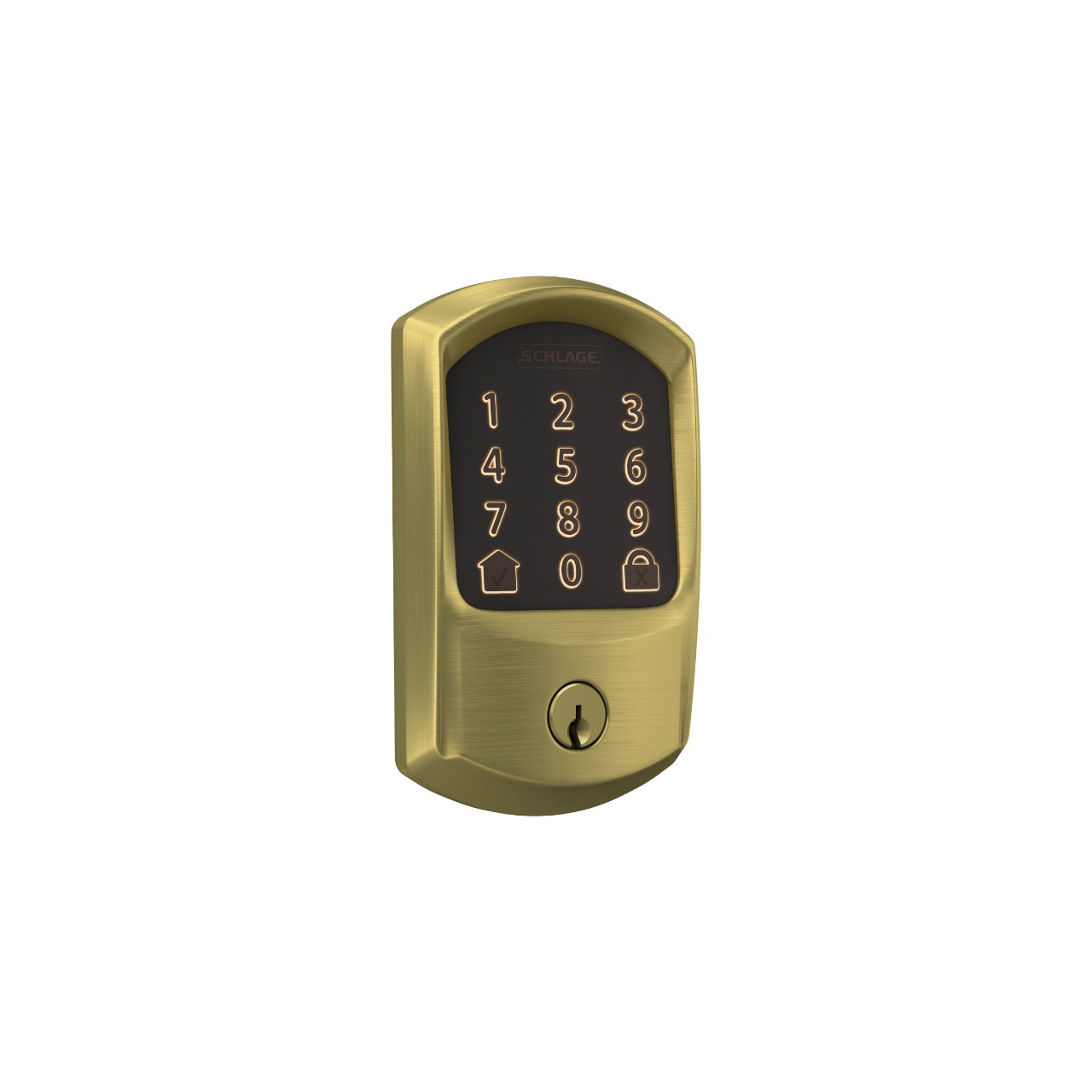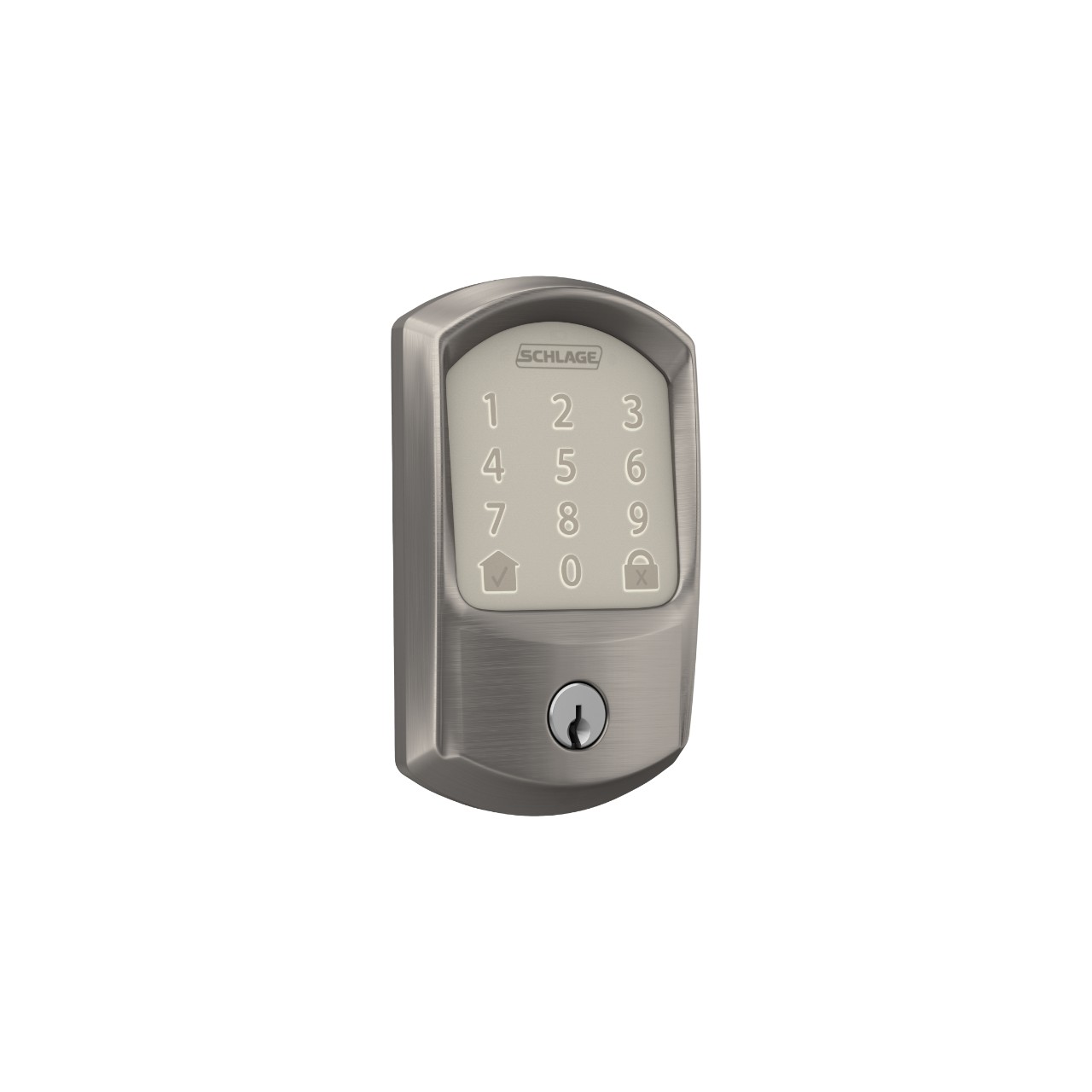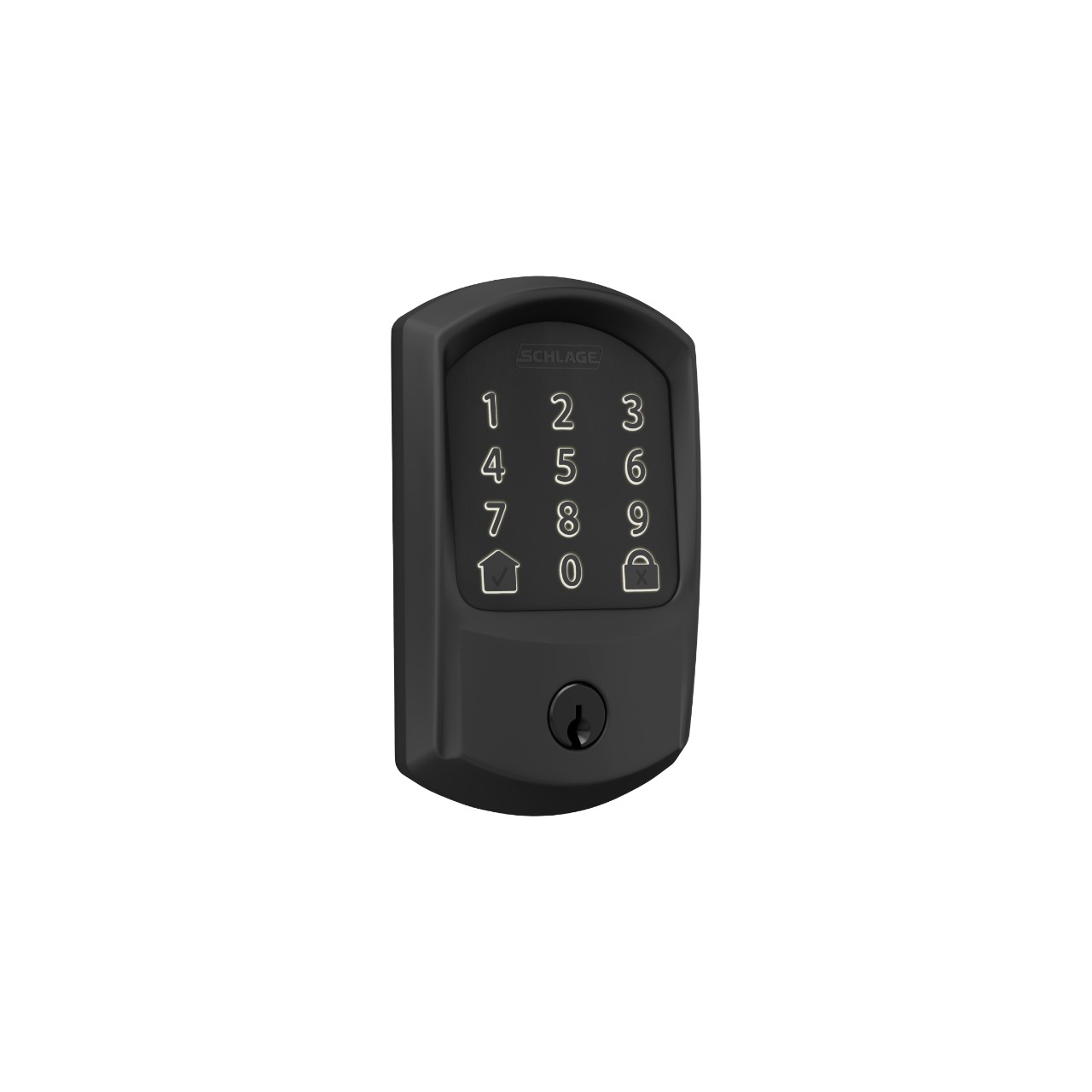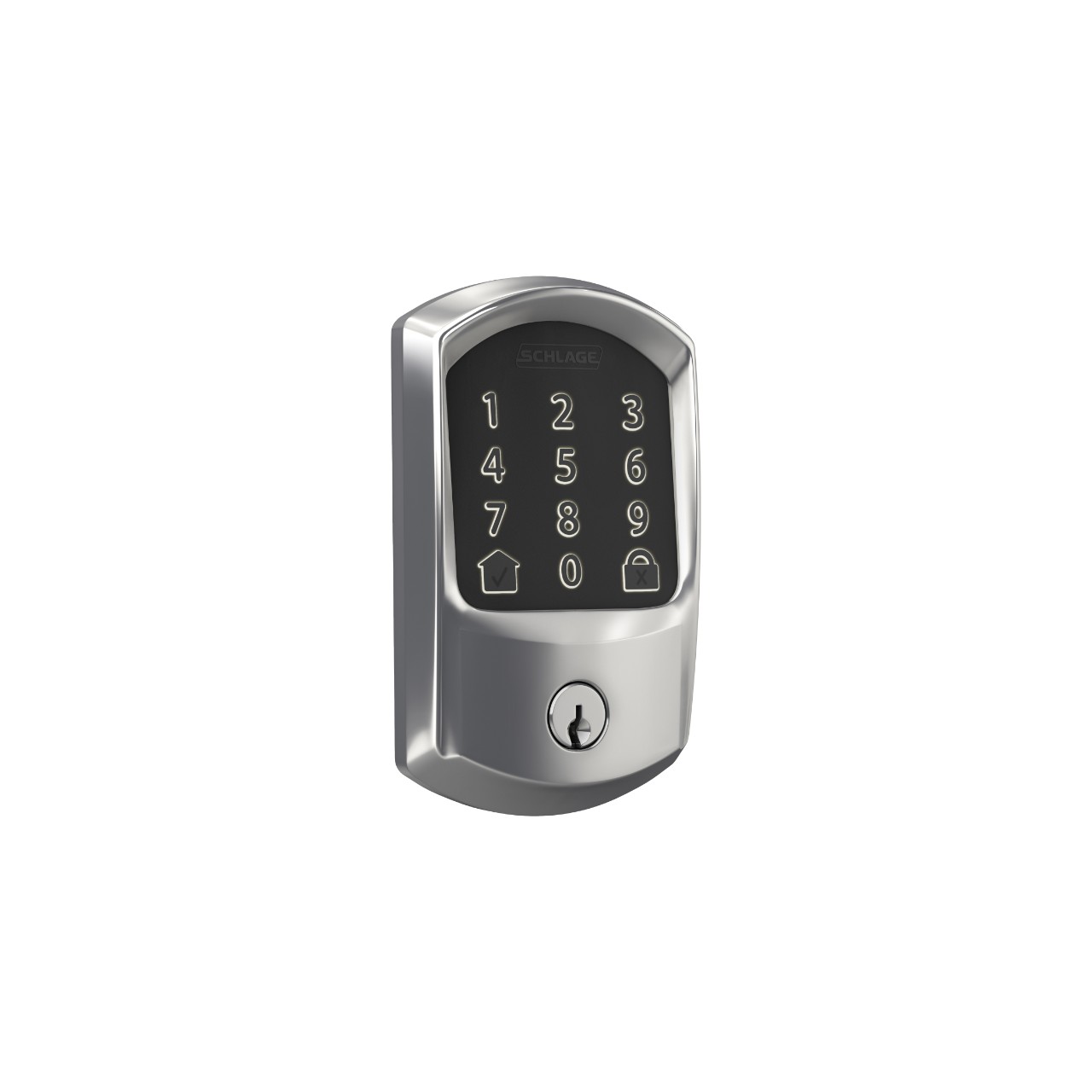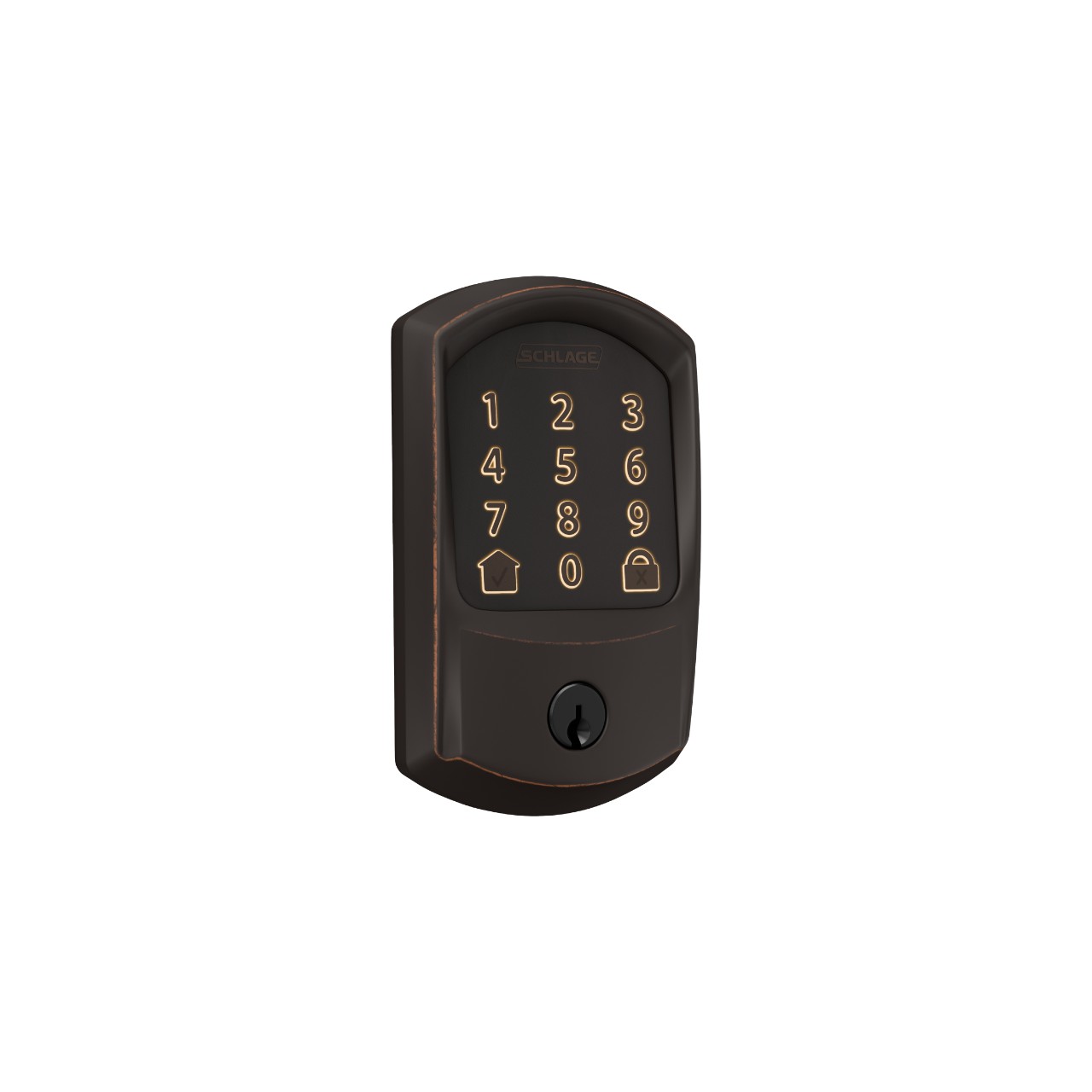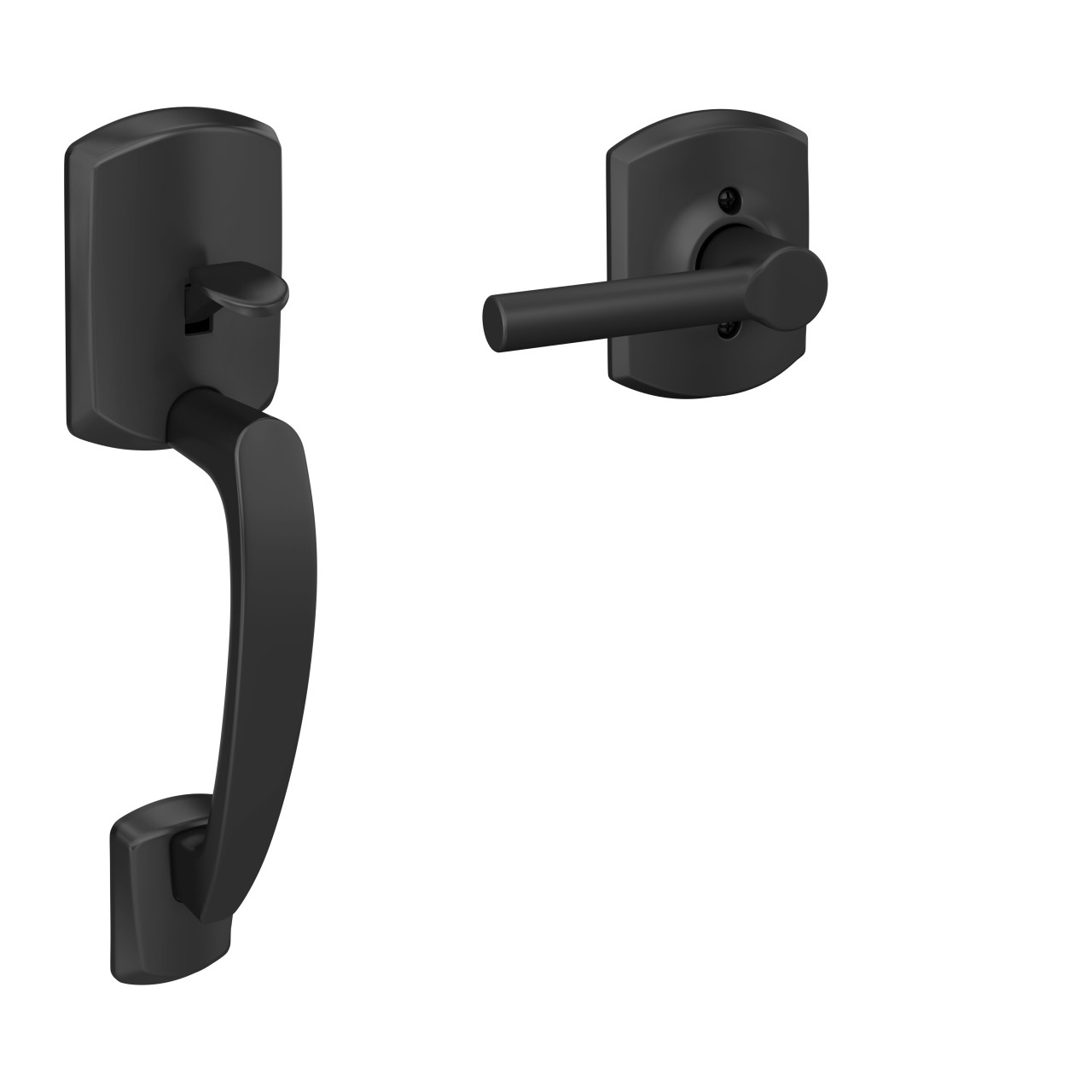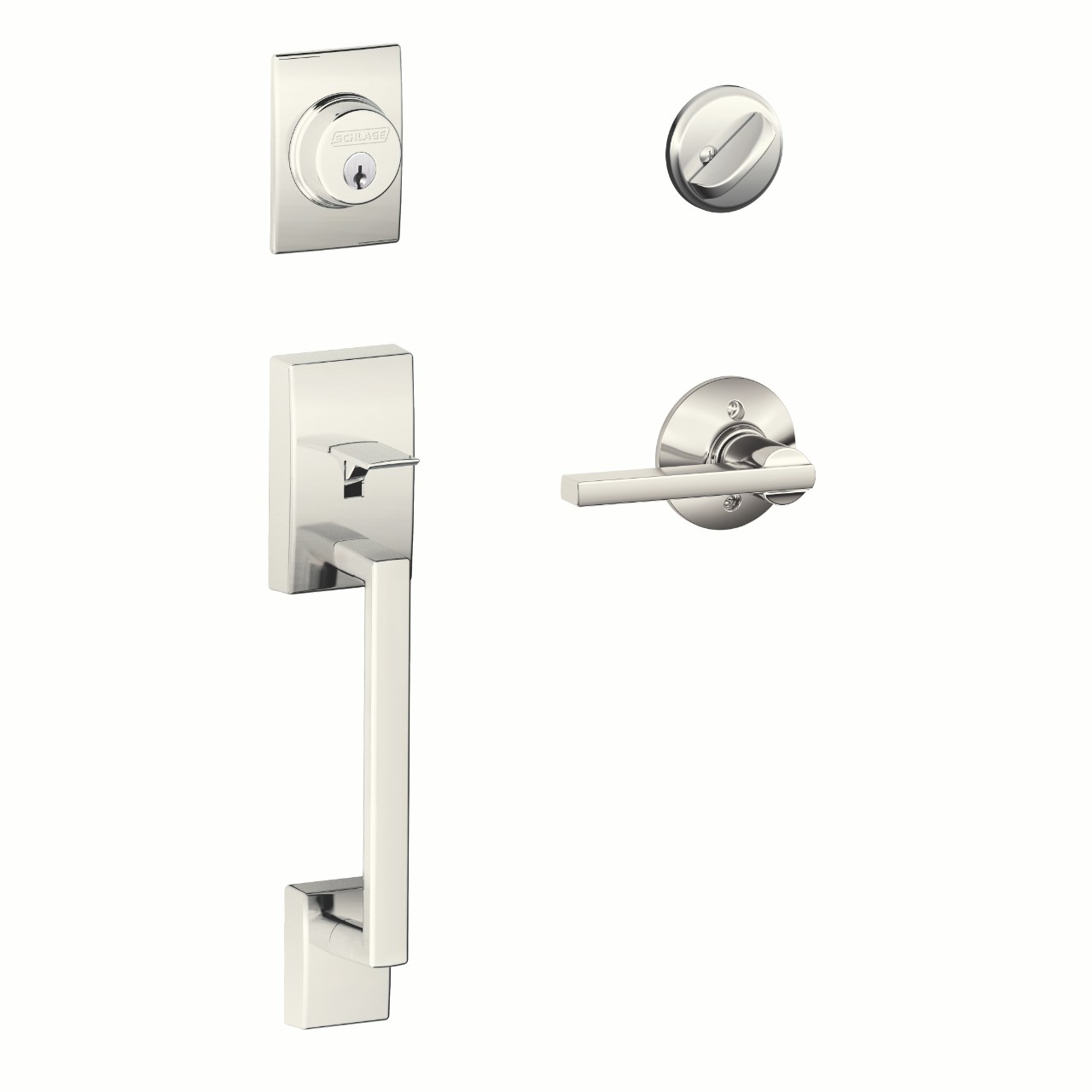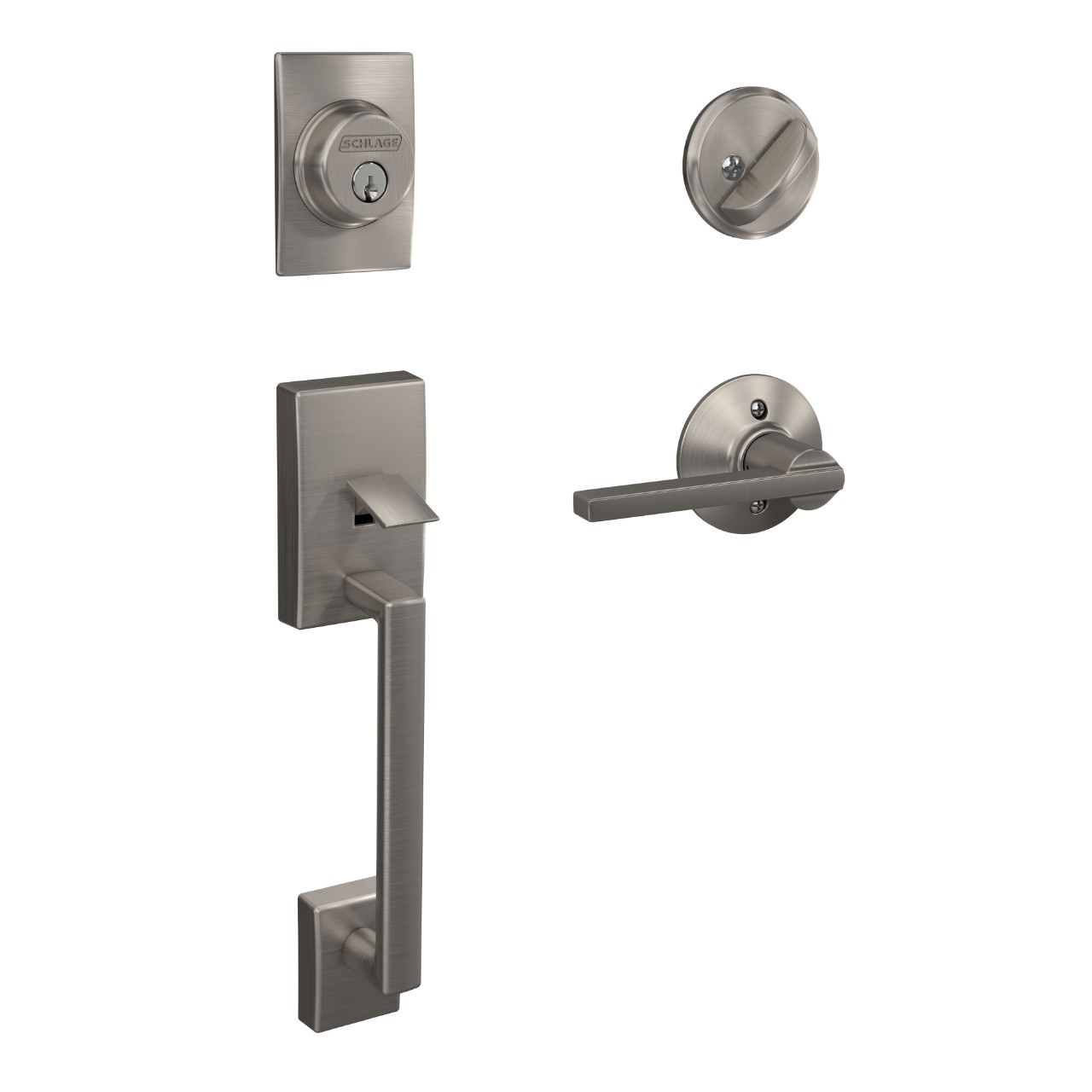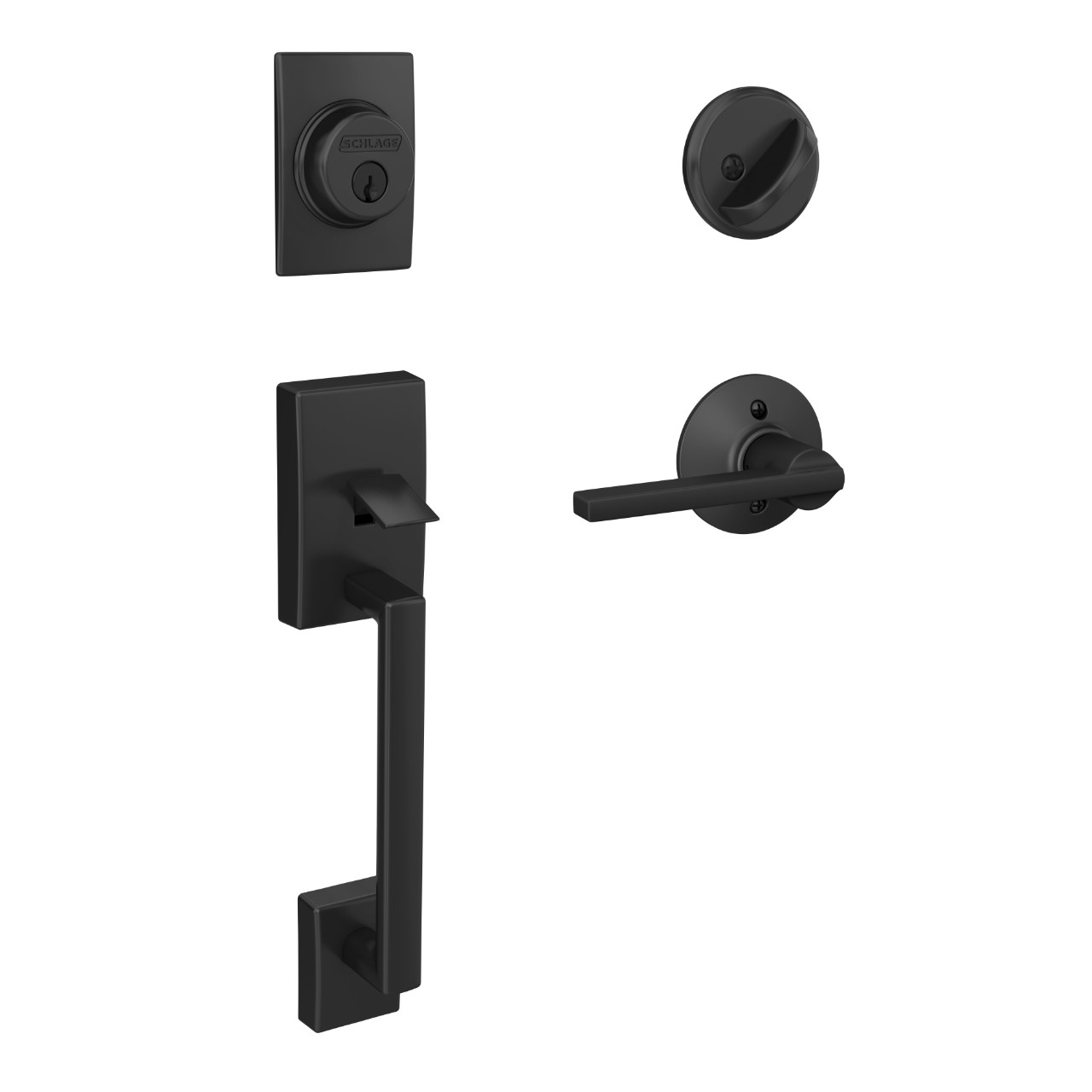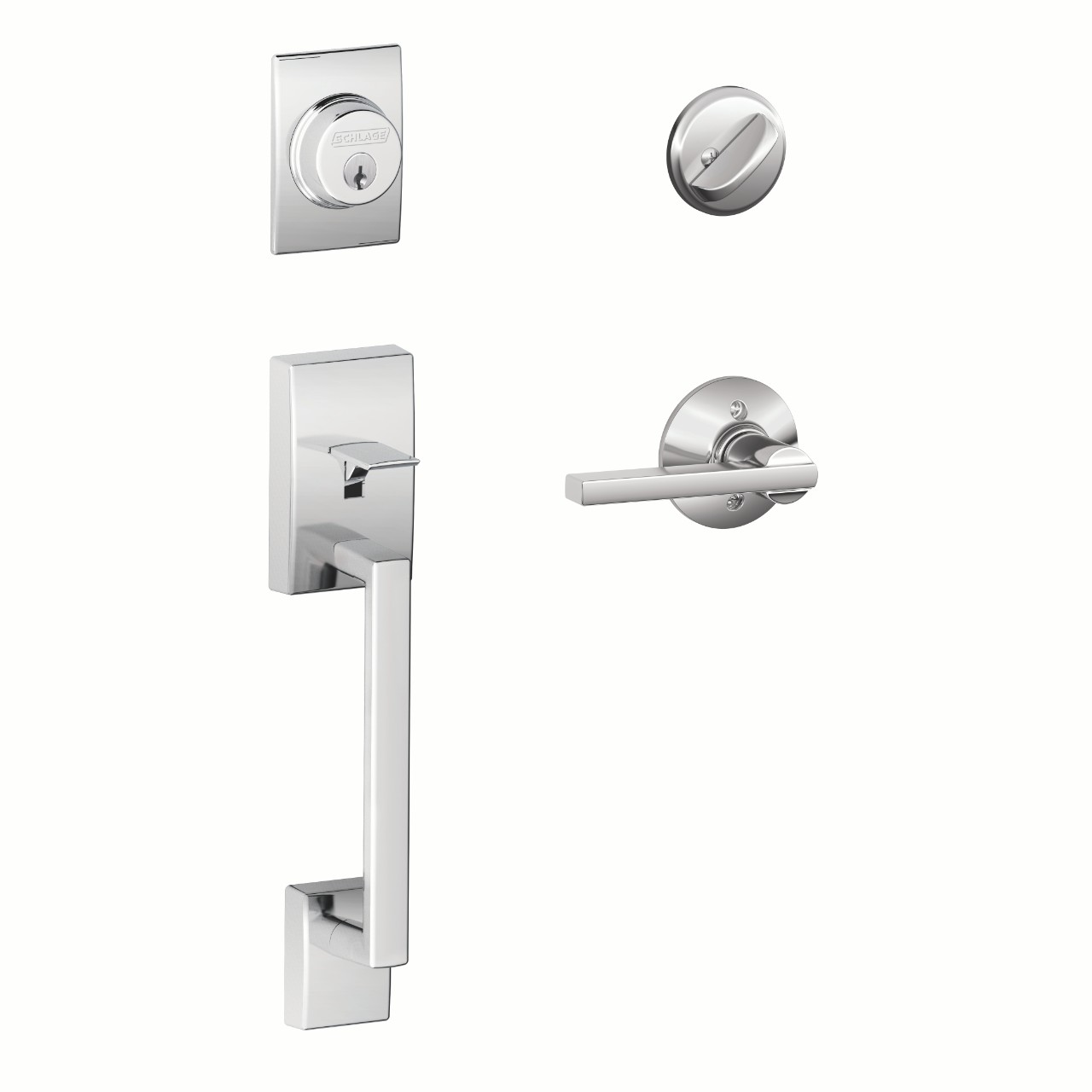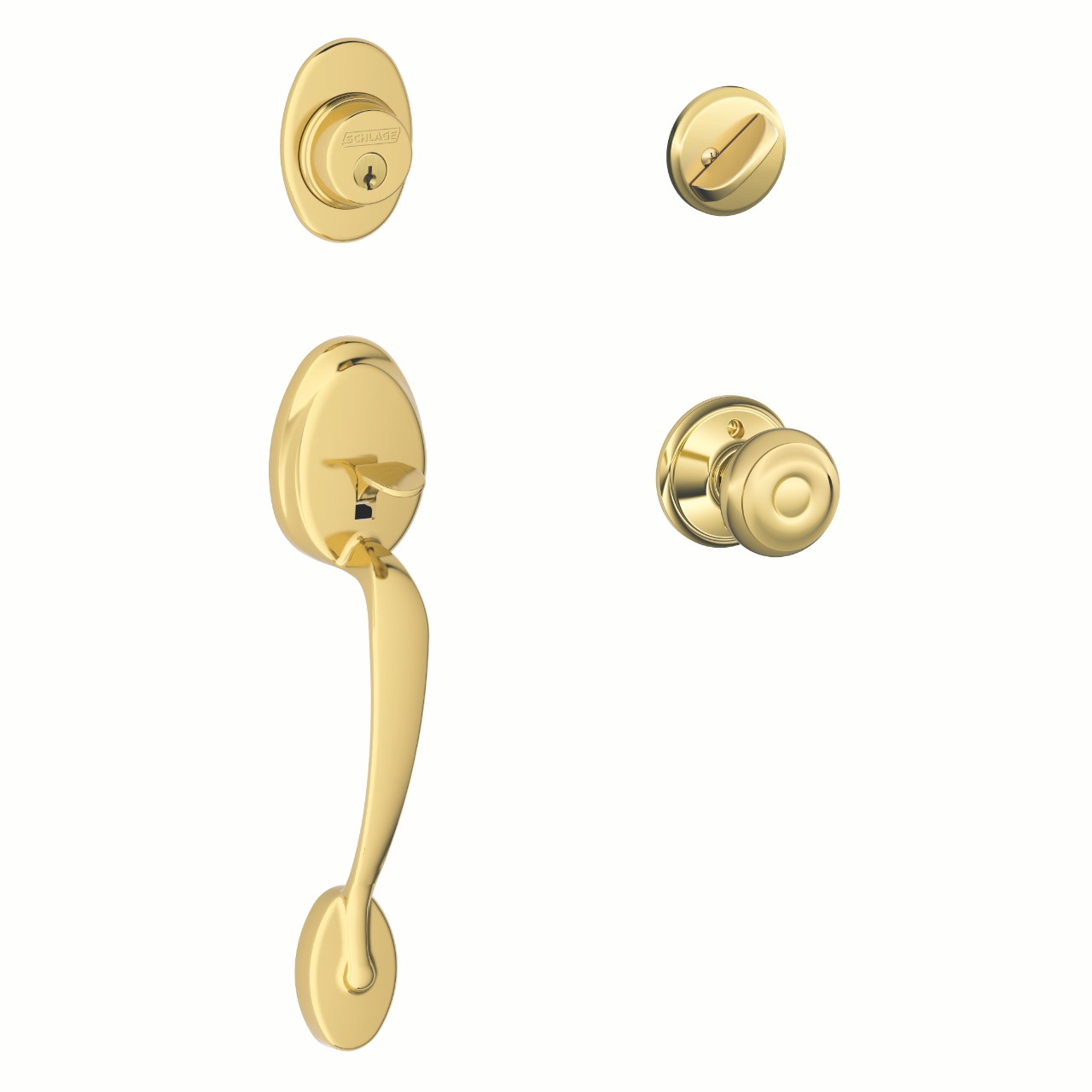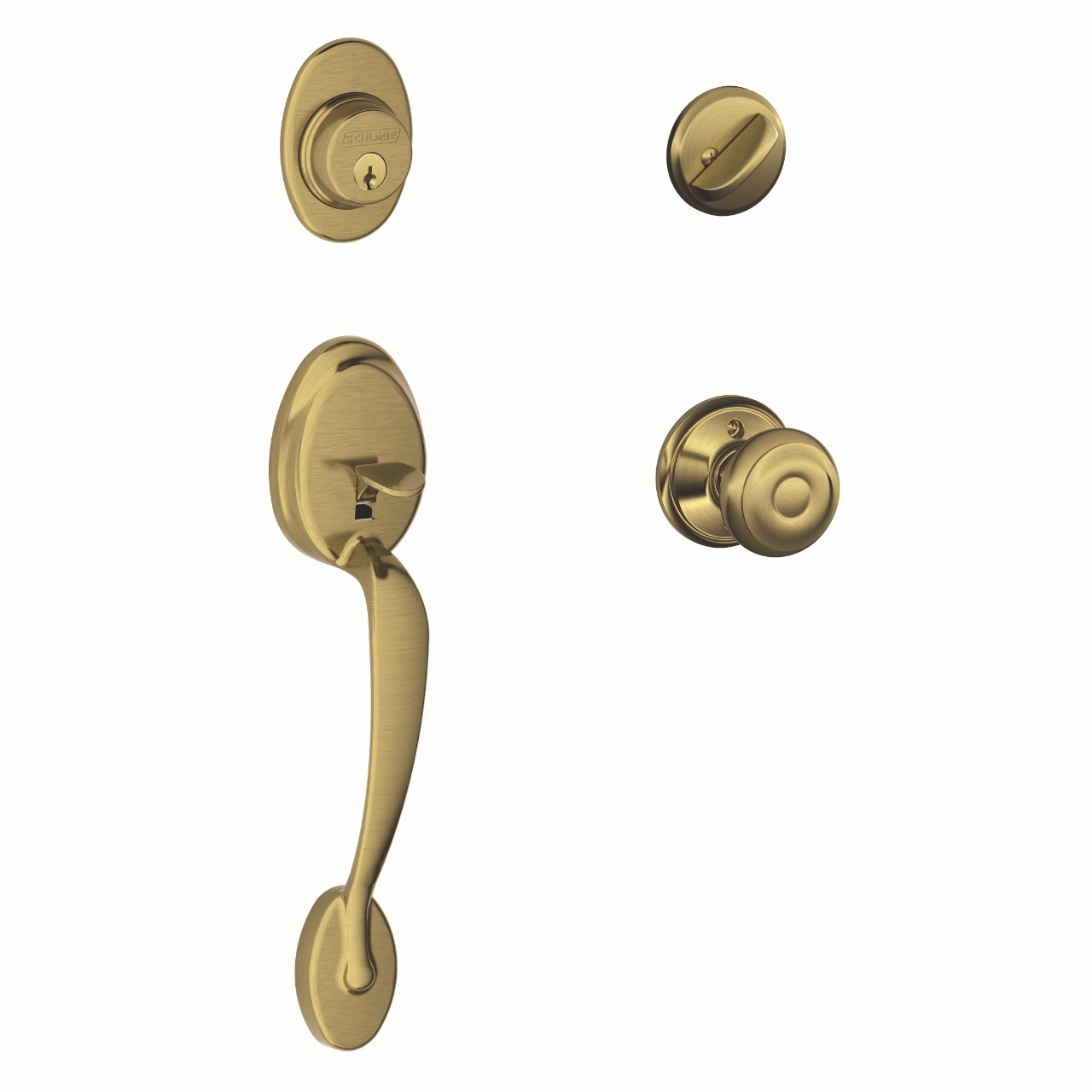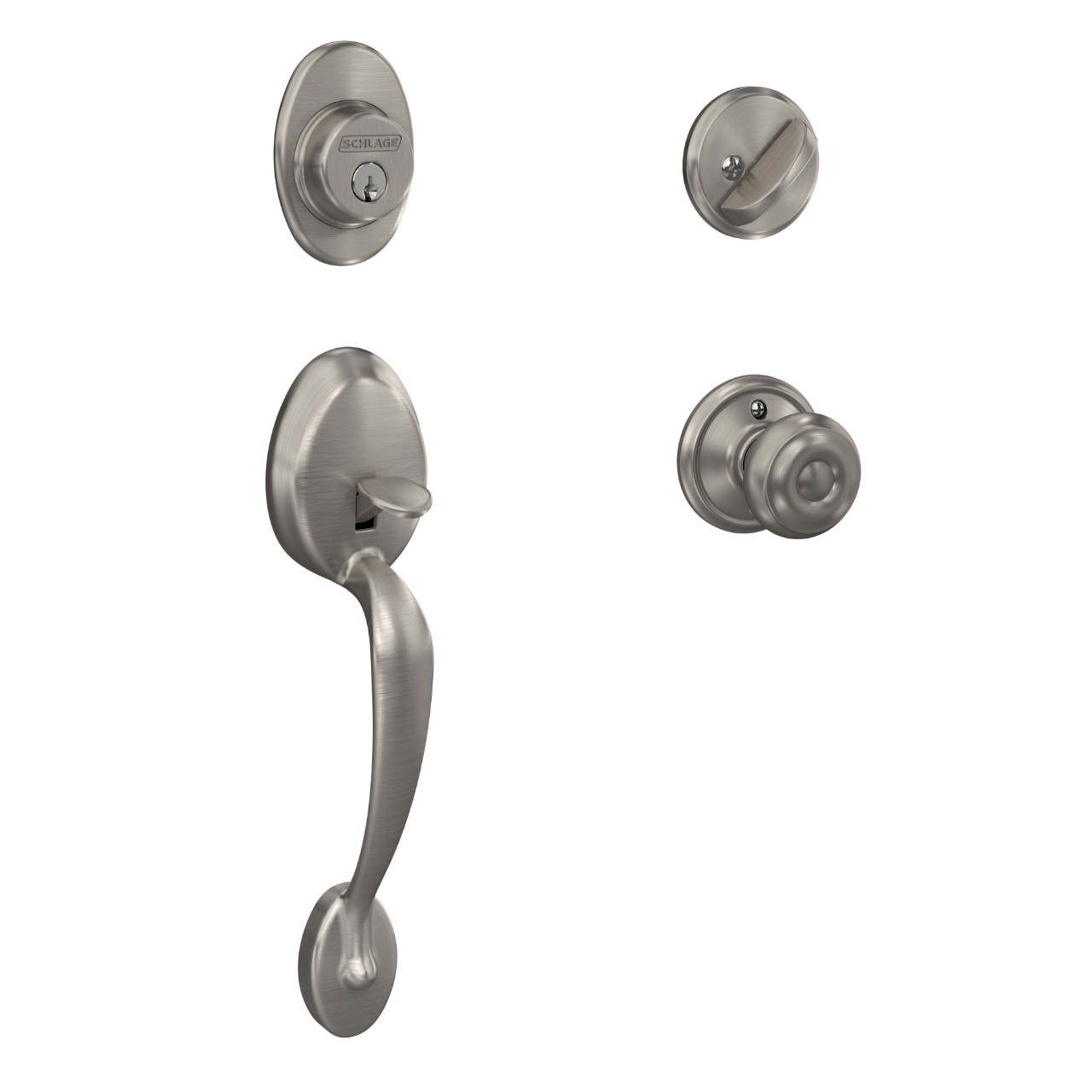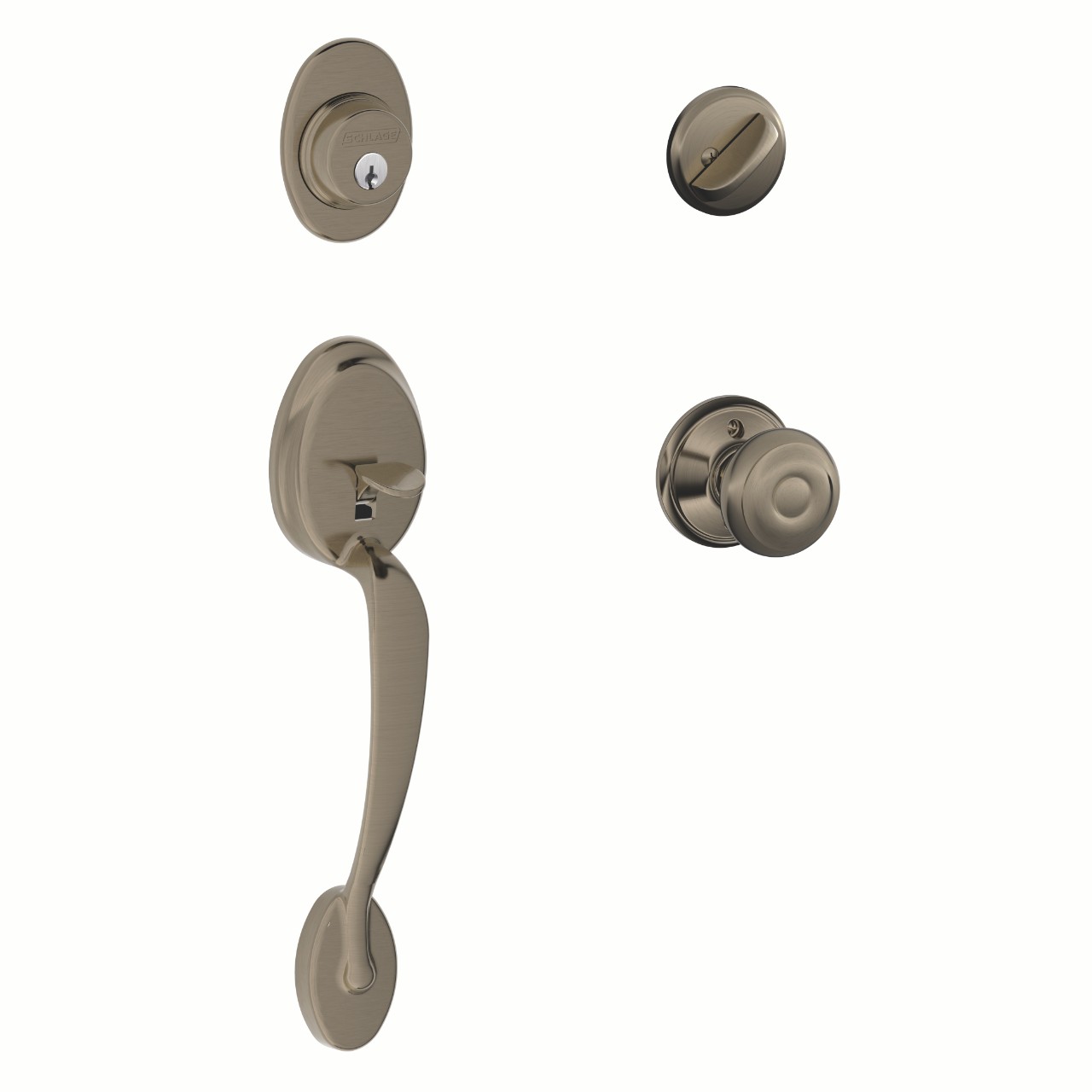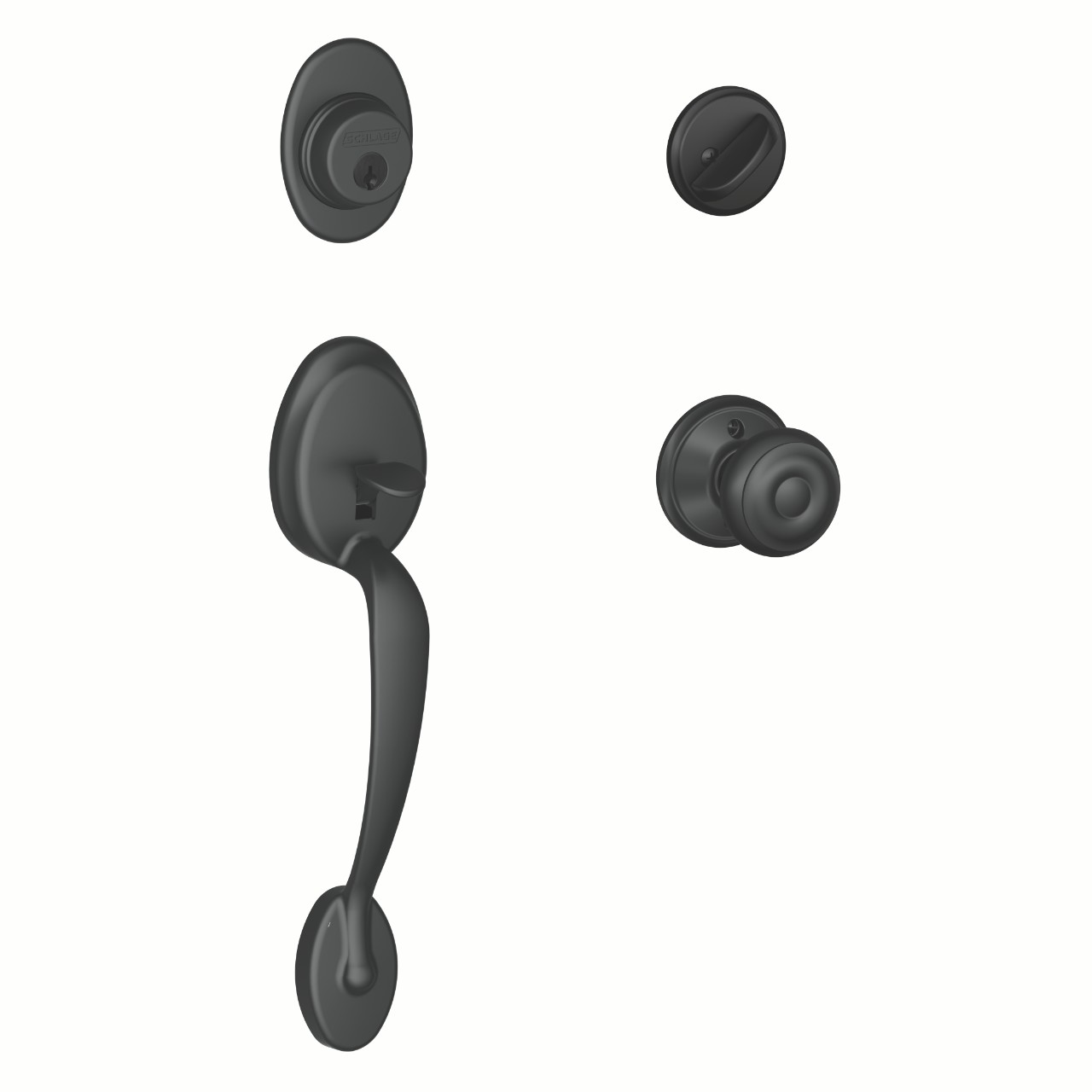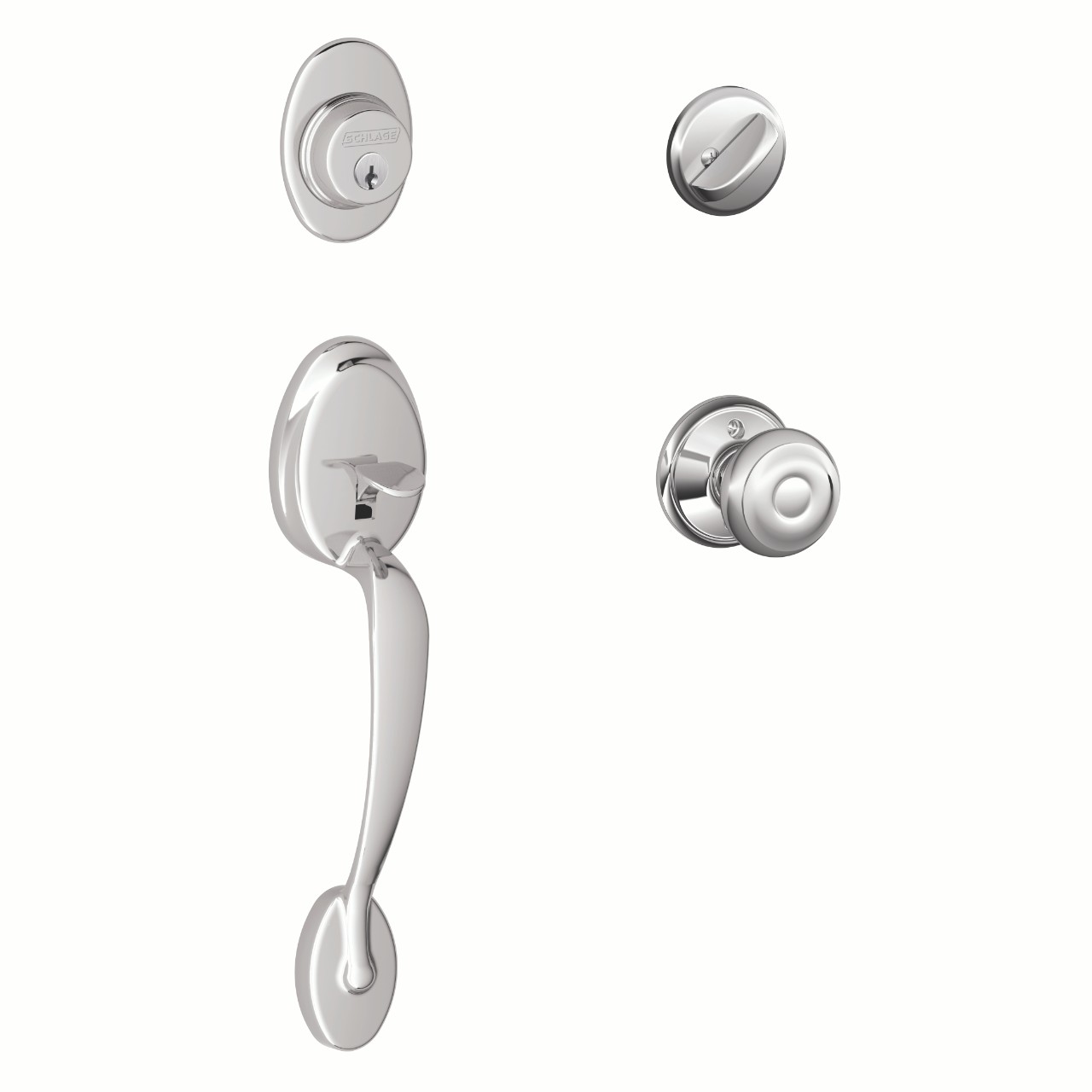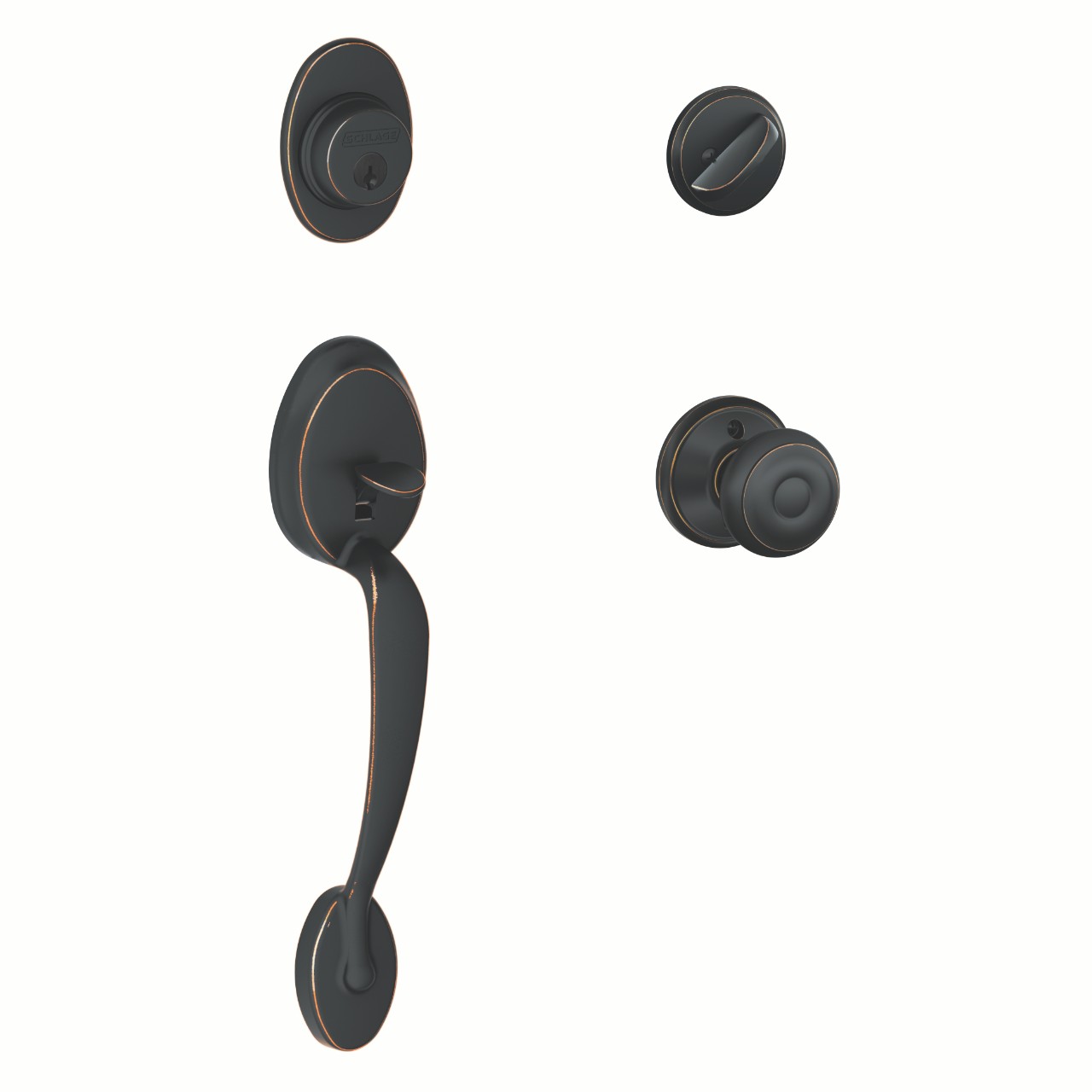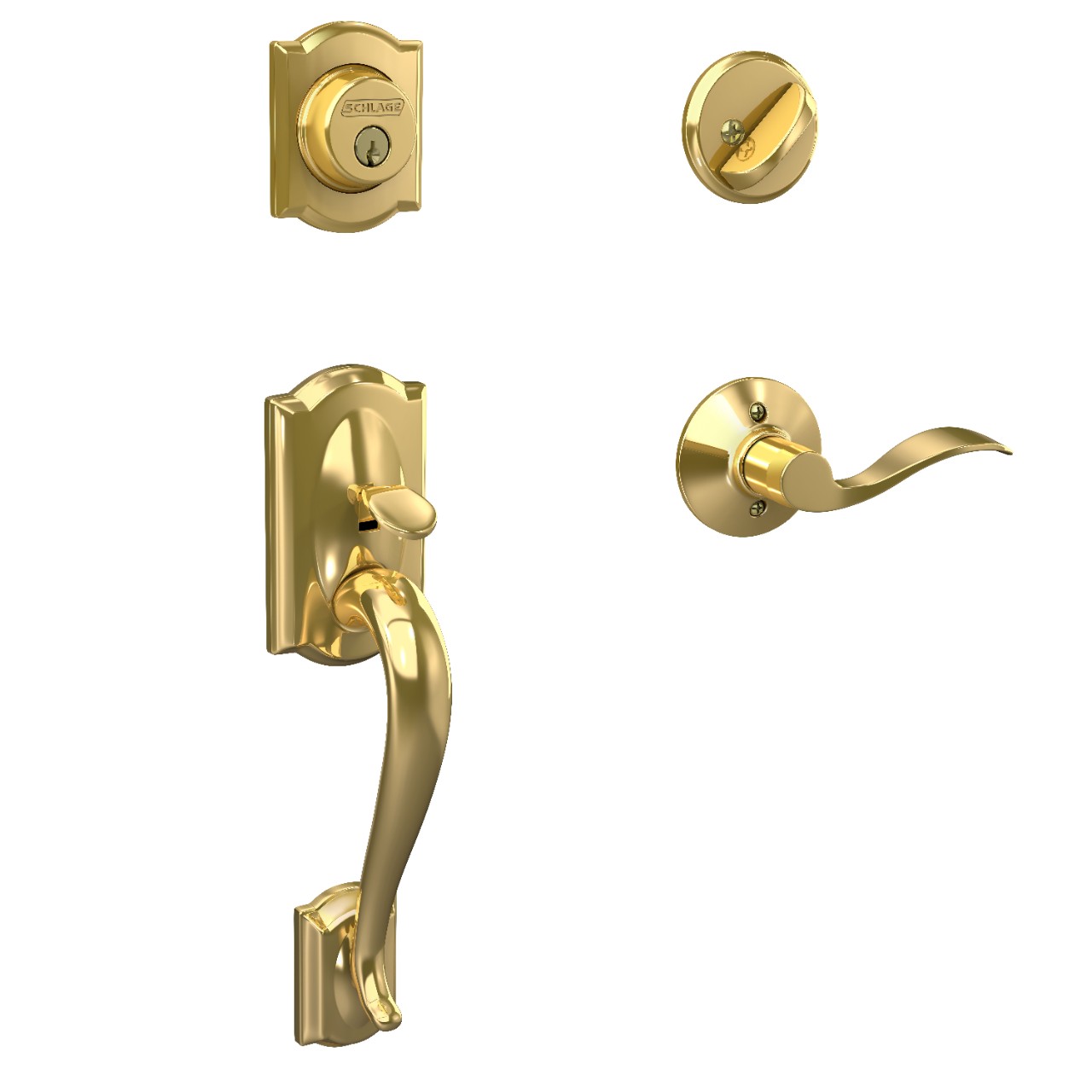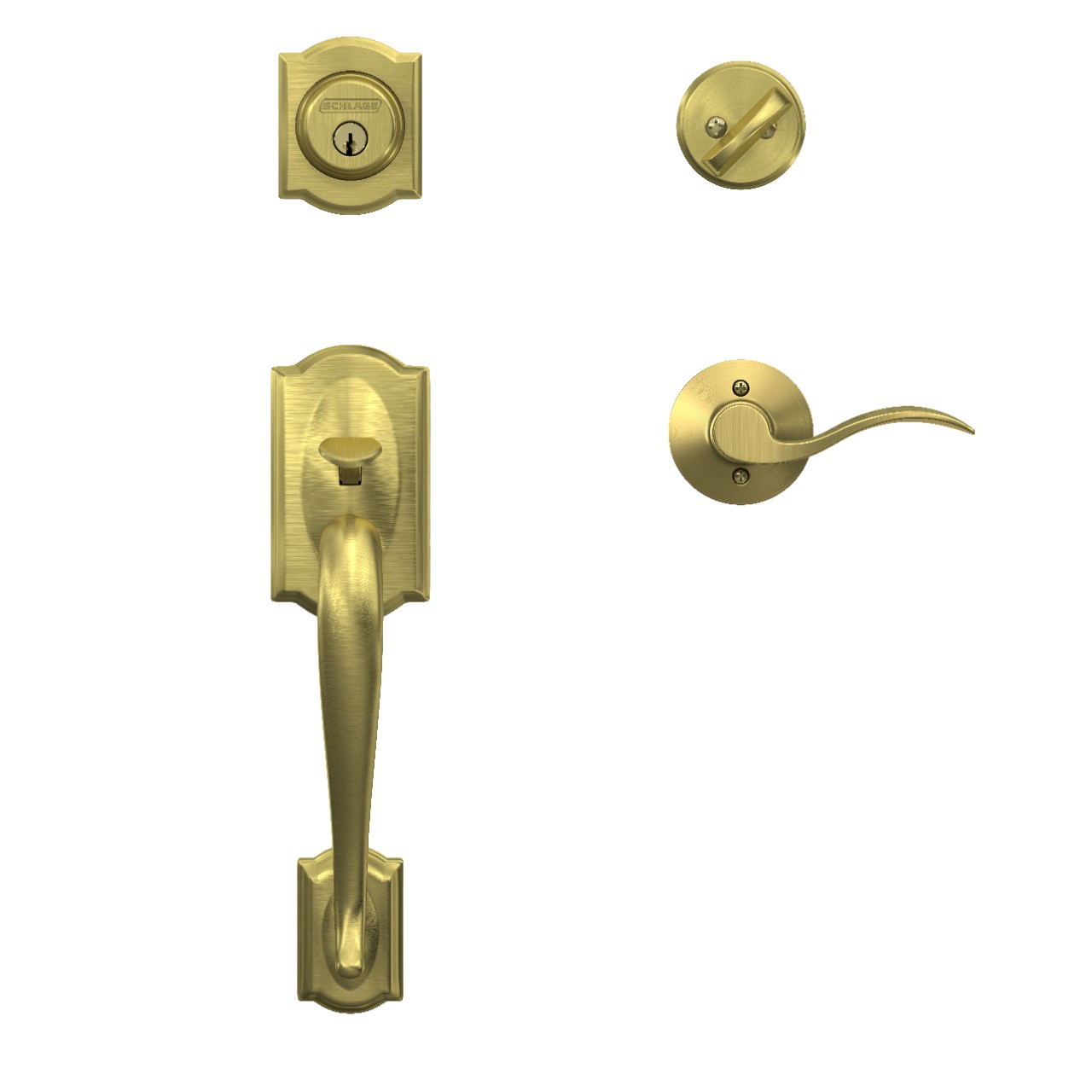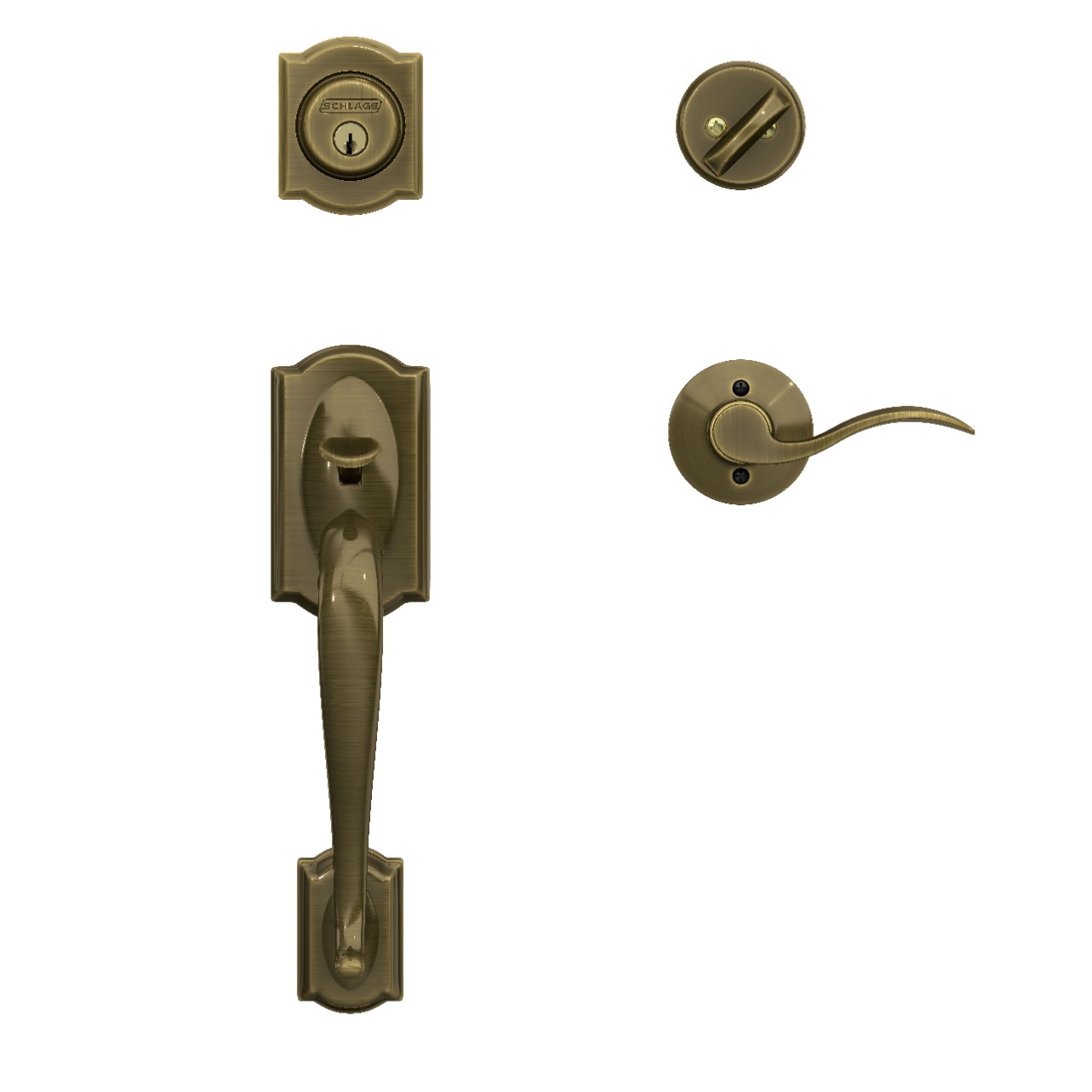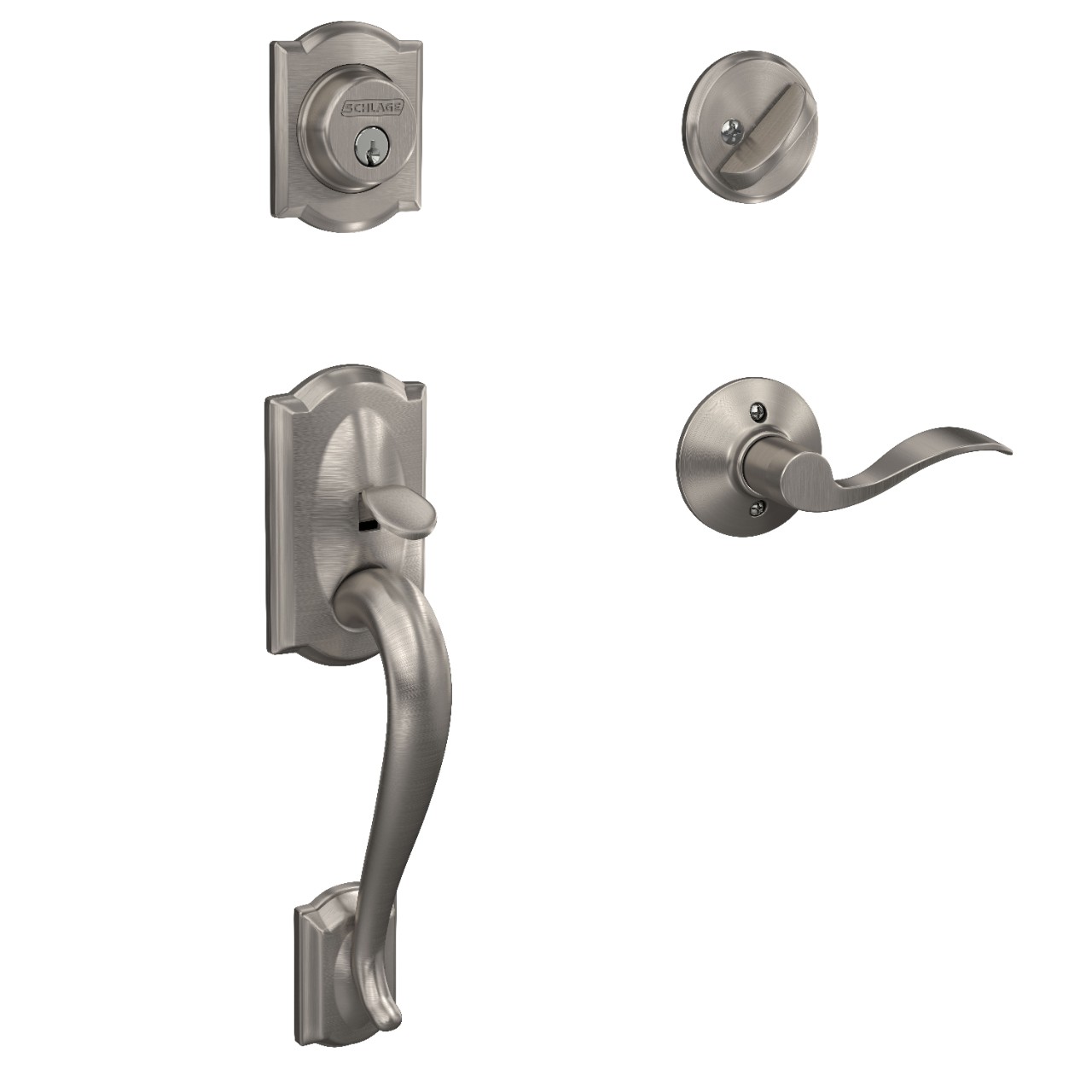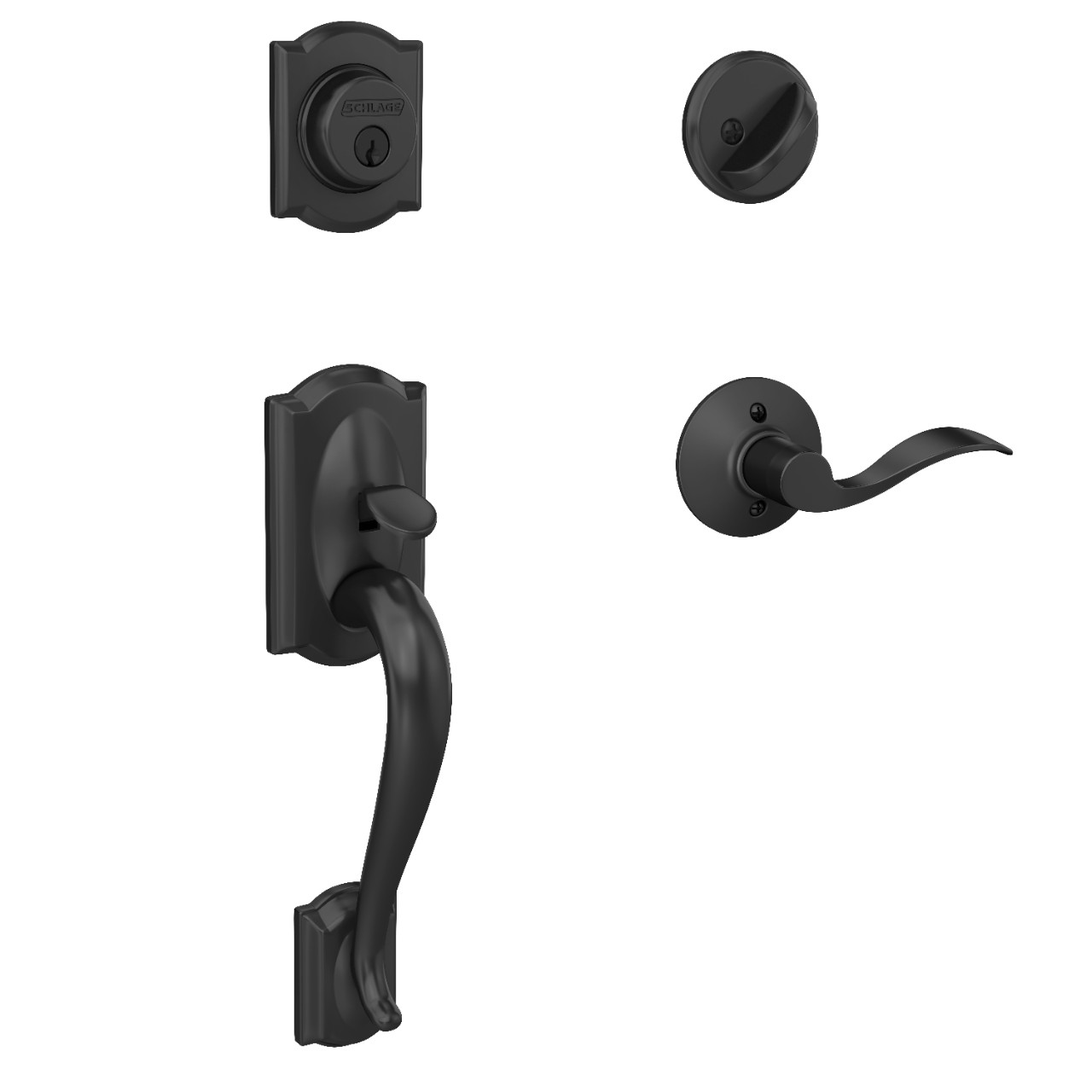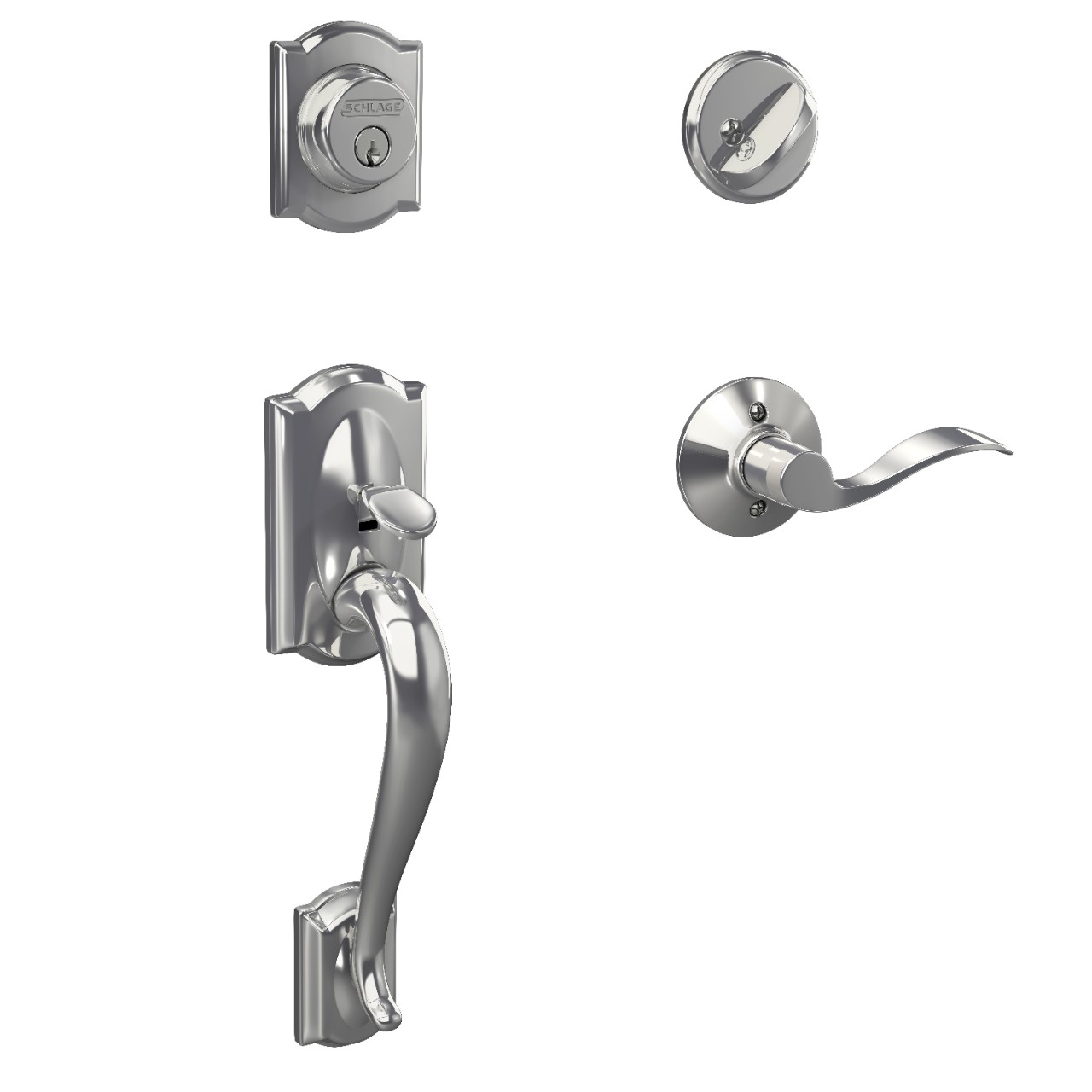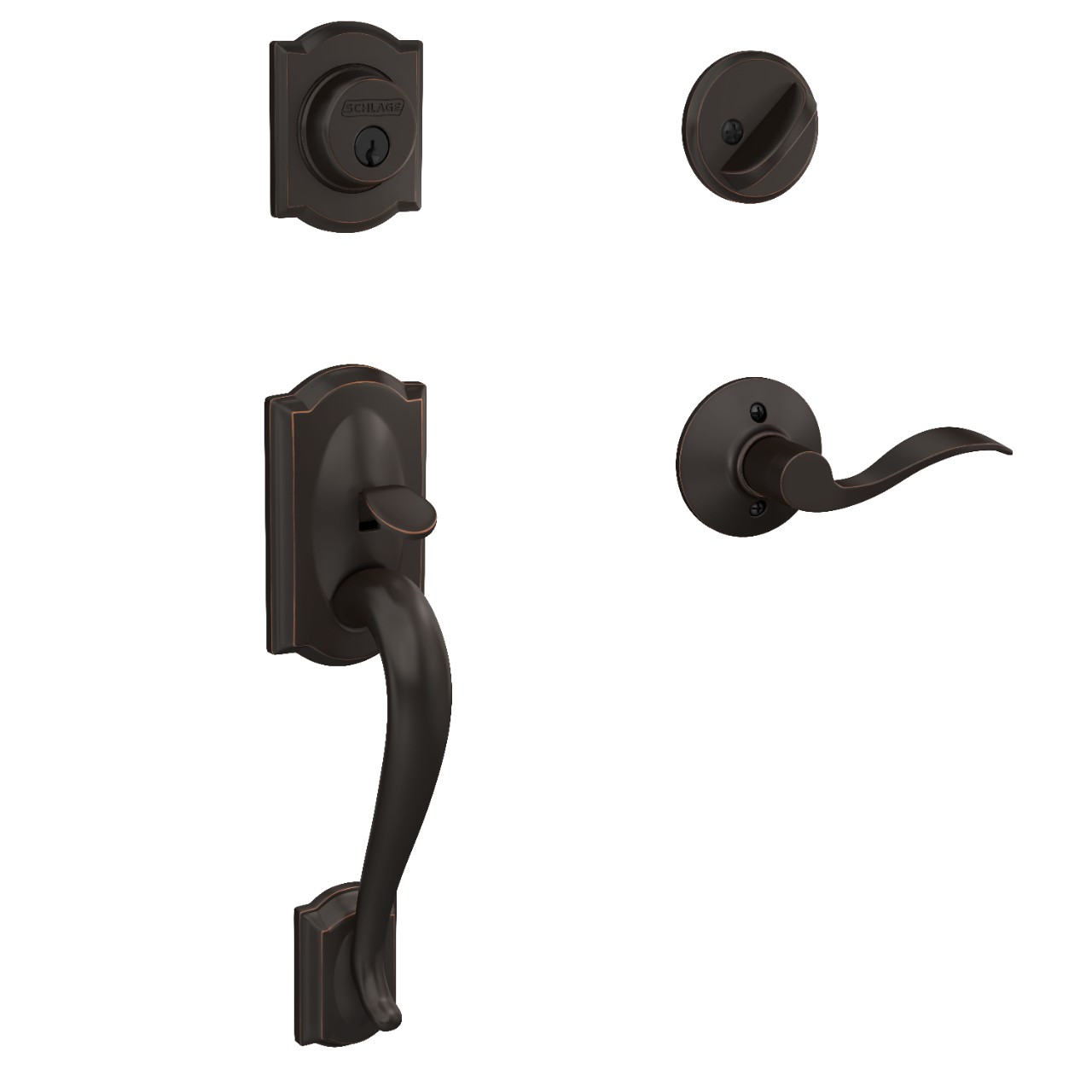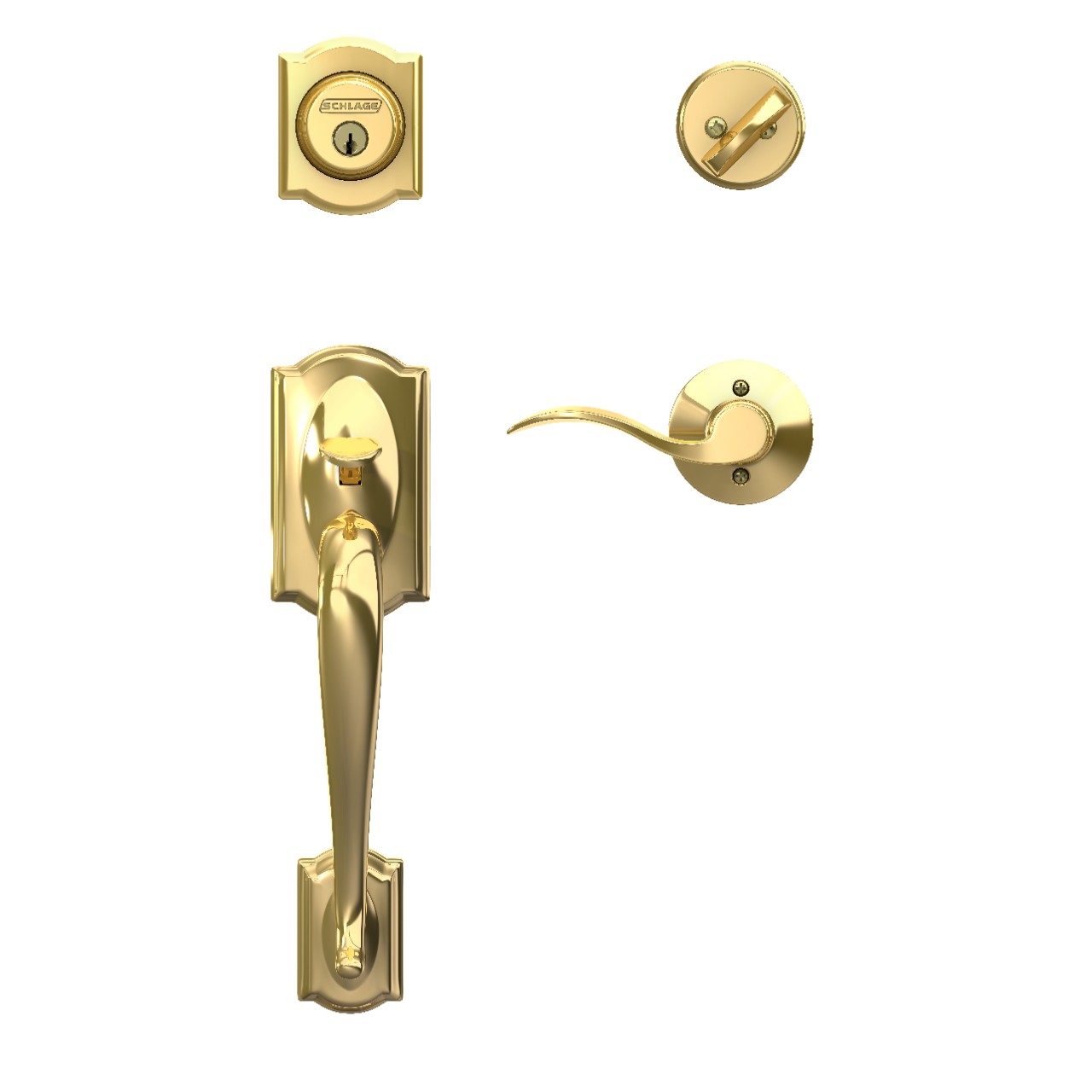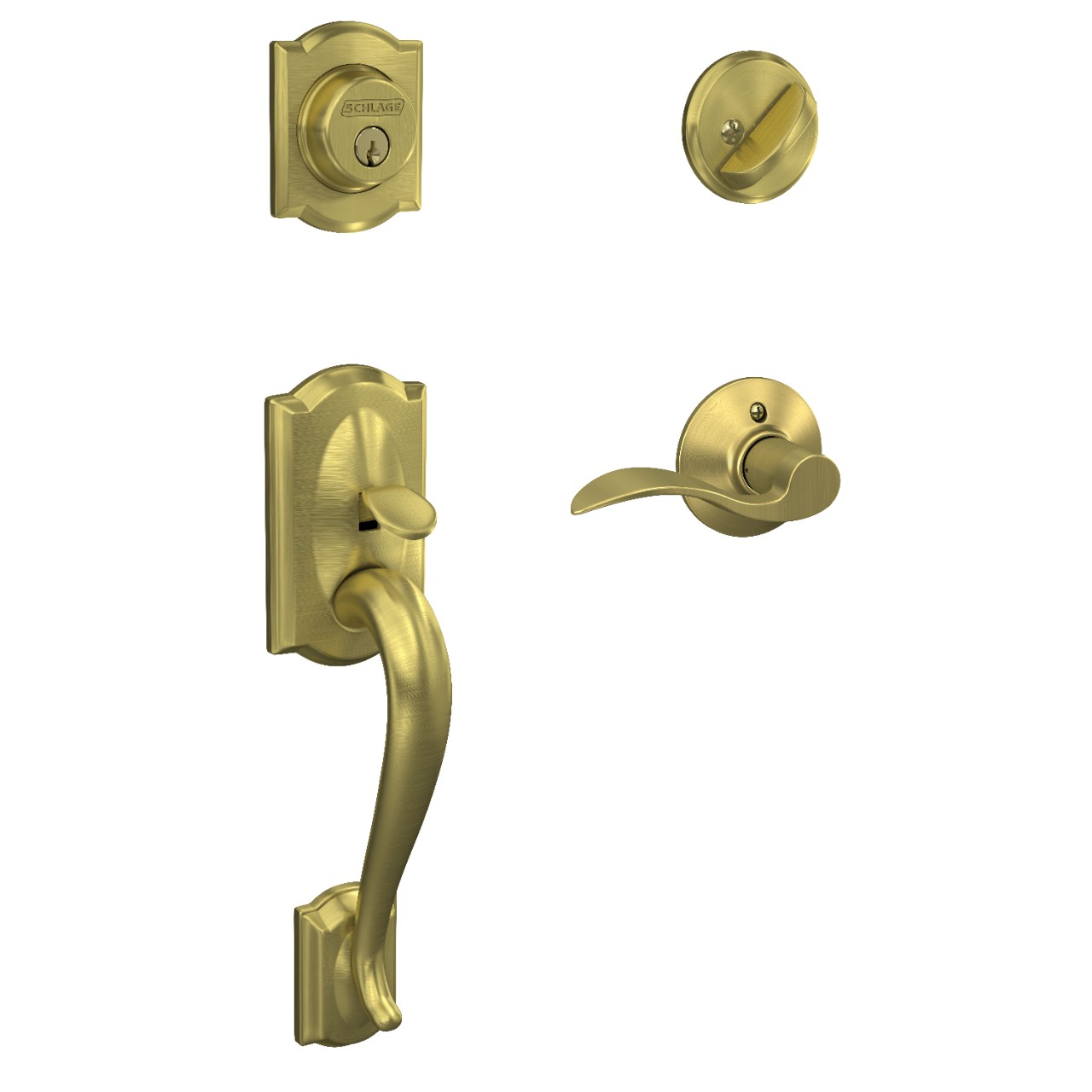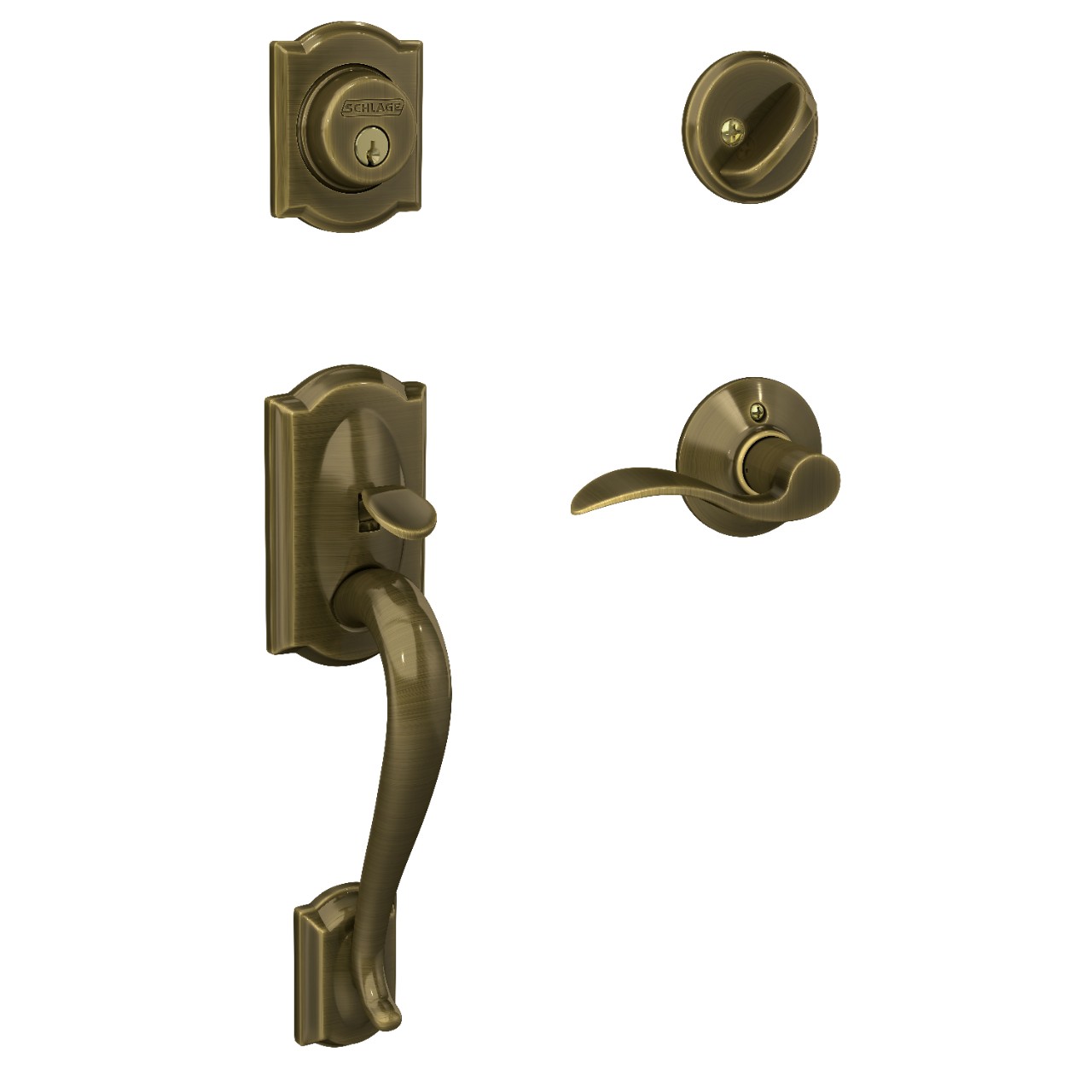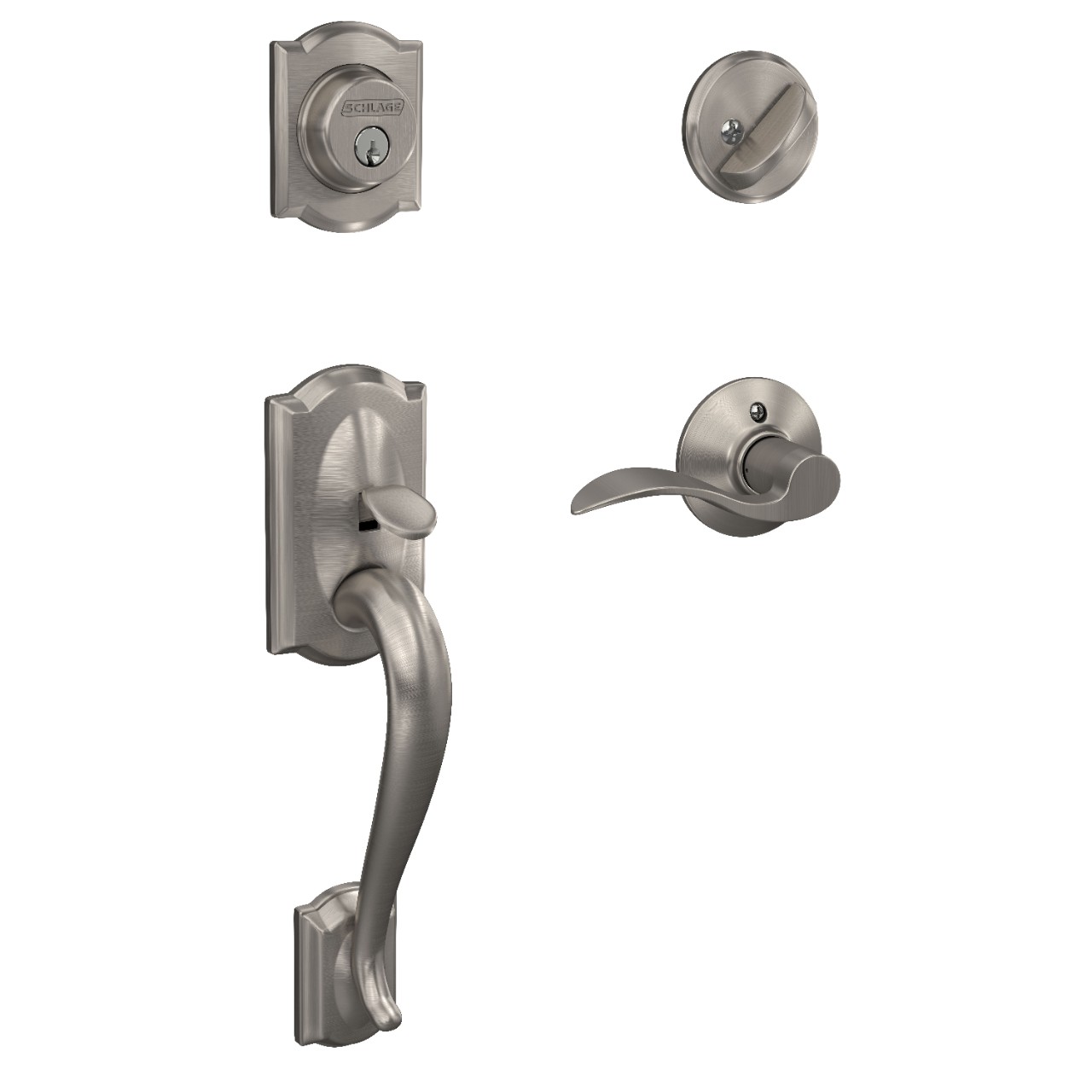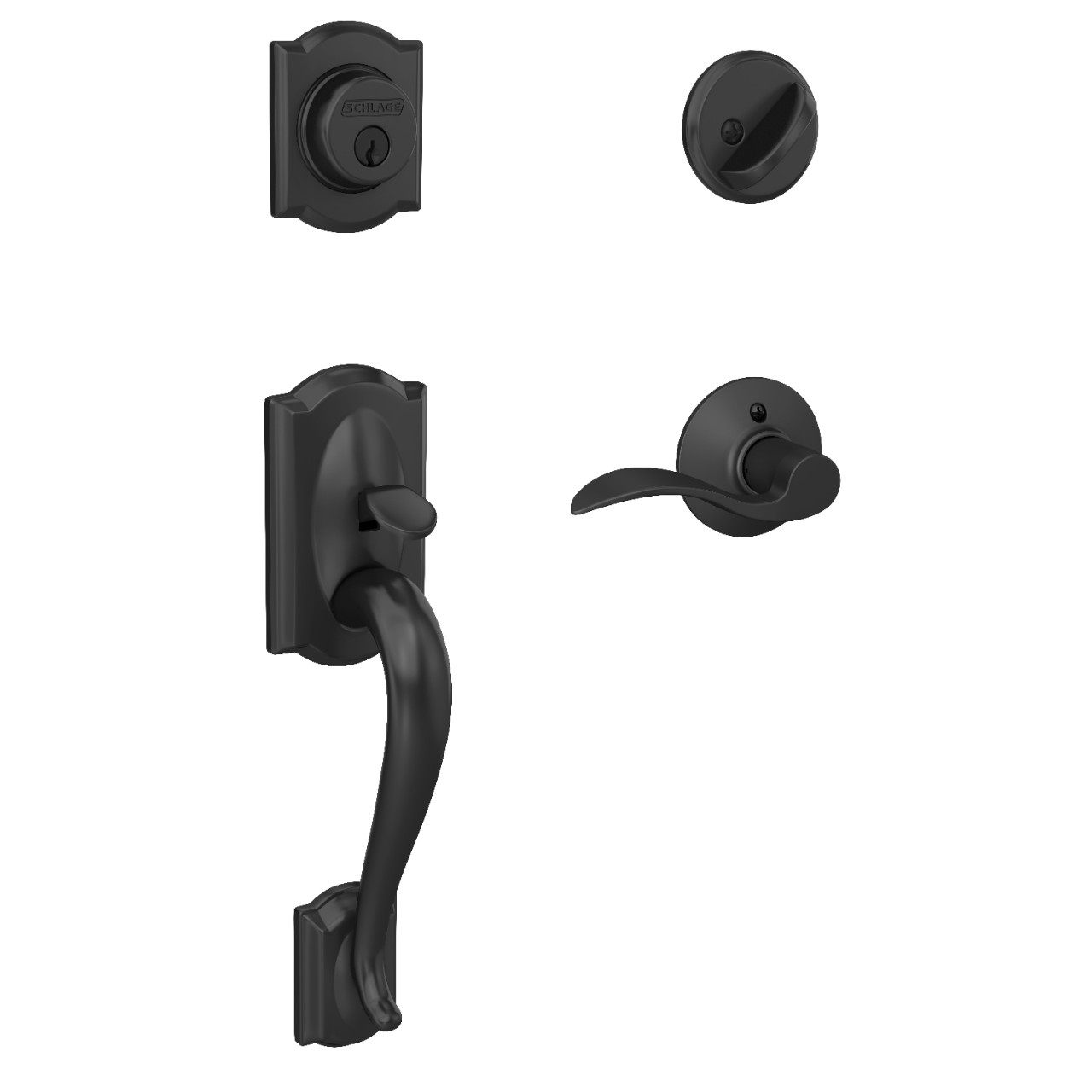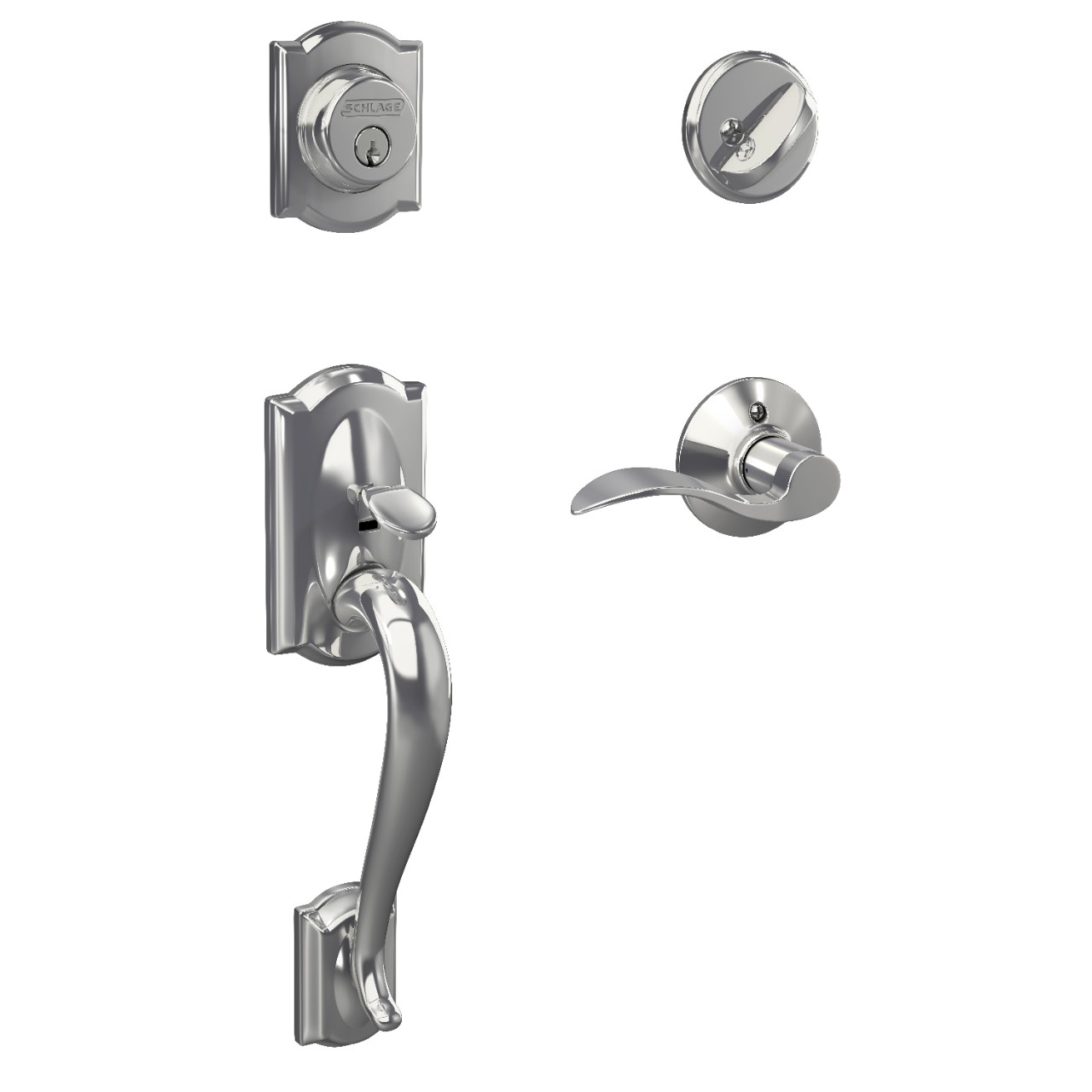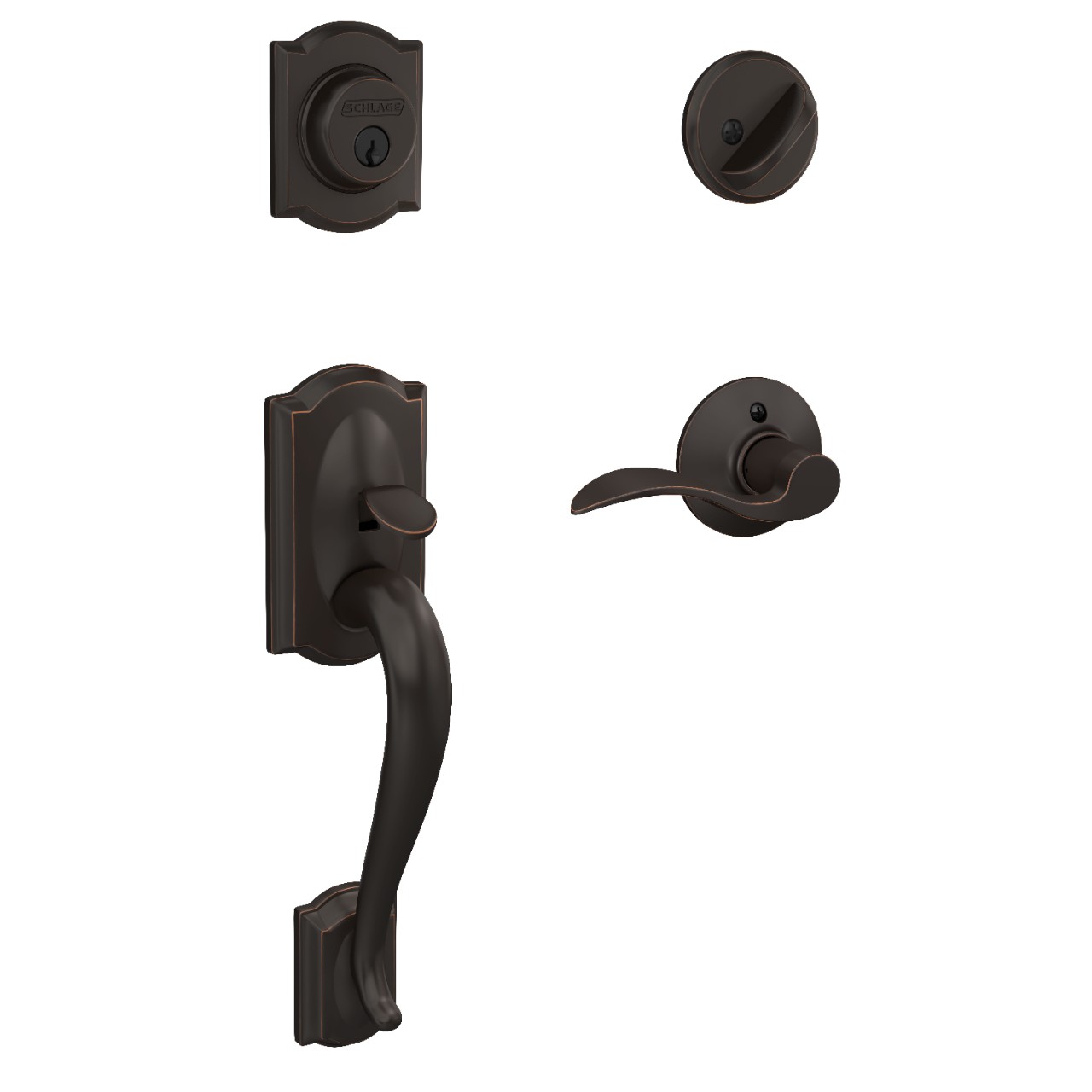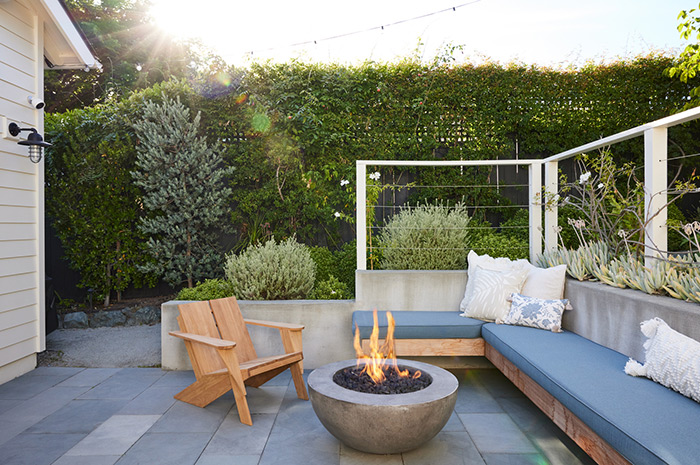

Schlage often talks about how to take advantage of your front porch for maximum curb appeal. Whether you’re trying to entice potential homebuyers or want to welcome guests with a cheery holiday wreath, porches can be things of beauty. It’s strange to think of them, then, as inventions of necessity. In this installment of Homes of the Century, we take a look at the many ways porches have impacted our lives in the last 100 years.
From their earliest days, dating back to the post-Revolutionary War era, porches served a very clear function: They helped us to escape the heat. Once the United States became more urban, houses were constructed closer together. More people living in closer proximity to each other turned the porch into a gathering place.

From social porch to sleeping porch
Popularity of front porches eventually began to decline as more cars took to the road in the 1920s and 30s. Suddenly, traffic made sitting on the stoop a dirtier, noisier endeavor. And as telephones became more common, we no longer relied on porch-to-porch communication. But that didn’t necessarily mean that people were abandoning outdoor living altogether.
As we see in a Sears, Roebuck & Co. catalog from 1921, homes often included a sleeping porch. These open-air porches still provided privacy, either because of their location on the second story or on the back of the house, as well as comfort. “In hot stuffy Summer nights it will be pleasant and healthful,” wrote the Sears catalog.
Sleeping porches fell out of favor once we got electric fans and central air. As with many trends, however, they seem to be regaining popularity, with the addition of screens this time, in certain regions and for more than just catching a few ZZZs. We often see them in coastal and more rustic areas where we can be free of urban traffic and artificial light. Garden rooms are gaining traction nationwide as well, though. HGTV reports that garden room searches are up by more than 100 percent on Pinterest at the start of 2020.

Eco-friendly sunrooms
As we’ve seen, the outdoor living space solved the uncomfortable dilemma of how to stay cool when technology was non-existent. In more modern times, we’re still using these architectural features to naturally cool, and sometimes heat, our homes. Sunrooms and solariums were important rooms for early passive homes, as we see again in Architectural Designs.
Today, passive homes with even greater technology are on the rise as concern grows about human impact on the climate.

Returning to our roots
Despite the variety of outdoor living alternatives, the front porch isn’t completely obsolete. We’ve seen a resurgence of the front stoop, thanks again in part to necessity. If at one time we needed a place for the milkman’s morning delivery, we now need a drop-off point for our Amazon packages and meal deliveries.
We’re even cycling back to porches being a place of social gathering. We might not be fanning ourselves and sipping iced tea like antebellum Southern belles, but homey porch swings, romantic twinkle lights and all-weather televisions are giving rise to a new era of outdoor living. Many communities now host Porchfest, music festivals from coast to coast that also encourage community.
Just as we’ve relied on interior décor to make a personal statement of who we are, we now use these outdoor spaces to do the same. Holiday wreaths, monogramed door décor, even the color of your door and the door hardware you choose can tell people a little something about who lives there.
Unlock more ideas
Never miss a beat - get the latest product updates, style tips and DIY tutorials sent right to your inbox.

